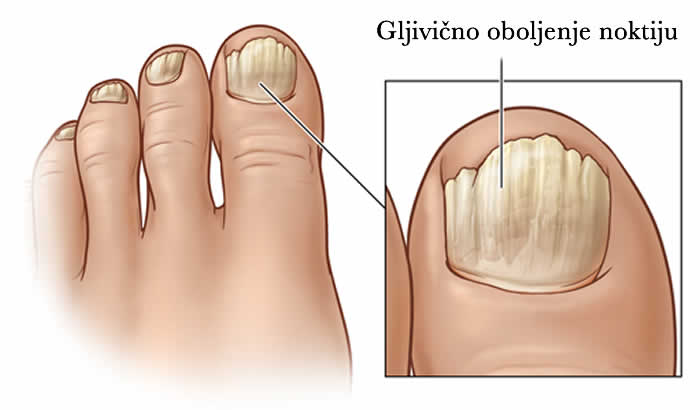Nail Fungus Side Effects: Symptoms, Causes, and More
What are the symptoms of nail fungus? What causes nail fungus? How is nail fungus diagnosed and treated? Get the answers to these questions and more in this comprehensive article.
Understanding the Different Types of Nail Fungus
Toenail fungal infections, or onychomycosis, can be categorized into one of five main subtypes:
Distal Subungual Onychomycosis
This is the most common form of toenail fungal infection, occurring in the portion of the nail closer to the tip and on the underside of the nail. The nail may become thick, yellow, or brittle.
Endonyx Onychomycosis
In this type of fungal infection, the fungus grows between the layers of the toenails. Toenails affected by endonyx onychomycosis usually have a milky white color and may be pitted or split, but they don’t typically thicken or separate from the nail bed.
Proximal White Subungual Onychomycosis
This relatively uncommon form of toenail fungus is more often seen in people with weakened immune systems, such as those with HIV. The fungus enters the toenail through the cuticle and affects the part of the nail closer to the base, turning it a whitish color.

White Superficial Onychomycosis
This rare form of toenail fungus is caused by a specific fungus that grows on the superficial, or top, layers of the toenail. Symptoms include opaque, white areas on the toenail that may eventually spread to cover the entire nail, along with the nail becoming soft and crumbly in texture.
Candida Infection of the Nail
Candida, the fungus that commonly causes vaginal yeast infections, can also infect the nails. When there’s a break in the skin around the nail, called the nail folds, candida may enter and cause inflammation and infection. The nail itself may thicken and separate from the nail bed if the infection persists. This type of fungal infection tends to affect fingernails more than toenails.
Conditions That Can Resemble Toenail Fungus
Several health conditions can affect the appearance of your toenails and may be mistaken for toenail fungus. These include:
Psoriasis
Psoriasis can cause nail changes such as thickening, discoloration, crumbling, or loosening of the nail. These changes are often permanent if the psoriasis affects the nail matrix, or growth plate.
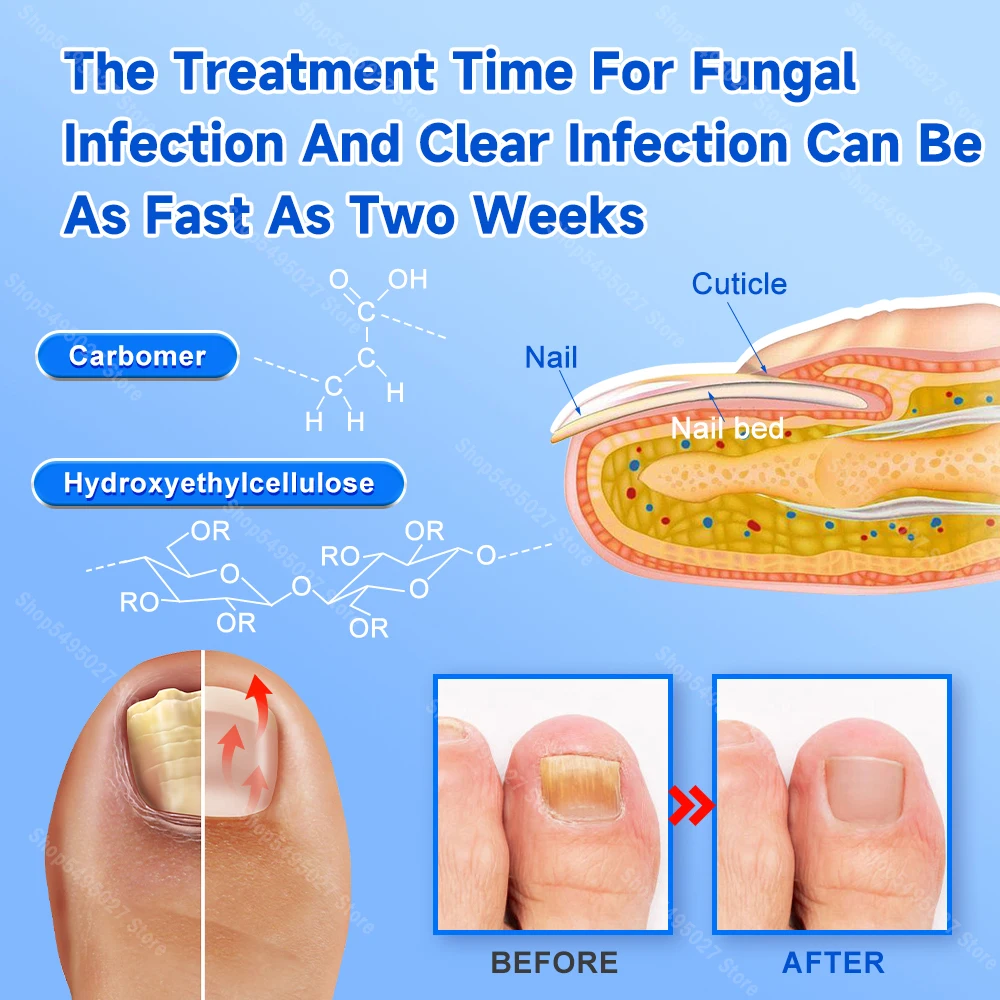
Skin Cancer
A discolored spot underneath a toenail may be a sign of melanoma, a type of skin cancer. Melanoma under a toenail usually looks like a brown or black streak or may appear similar to a bruise.
Darier Disease
This genetic disorder can cause yellowish, wartlike blemishes on the body and may also lead to irregularities in the fingernails or toenails, such as red and white streaks.
Yellow Nail Syndrome
This rare condition is characterized by slow-growing, thickened, yellow nails, along with abnormalities affecting the lungs and other parts of the respiratory tract, as well as swelling in various parts of the body.
Alopecia Areata
This autoimmune disorder, which commonly causes hair loss, can also affect the nails, leading to roughness, pitting, or white spots on the nails.
Diagnosing and Treating Toenail Changes
If you notice changes in the appearance of your toenails, it’s important to see a doctor promptly. If a fungal infection is suspected, a sample of the nail can be analyzed by a lab to confirm the diagnosis. If the test is positive, an oral or topical antifungal medication may be prescribed to treat the fungus.
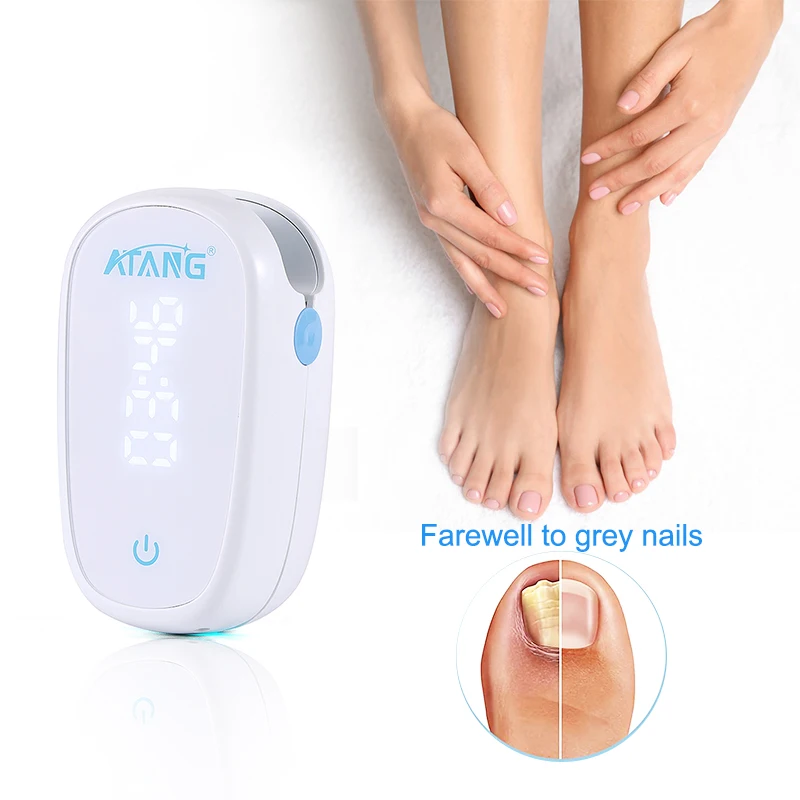
Most antifungal medications are effective against the common forms of toenail fungus, but treatment can take a long time, as it’s difficult to deliver medication through the nail plate to the skin underneath. The entire nail usually needs to grow out, which can take up to a year.
If the test comes back negative for fungus, the doctor may investigate other potential causes for the abnormal appearance of the toenails, such as the health conditions mentioned earlier. Symptoms involving other parts of the body can sometimes help point to a diagnosis.
Preventing Toenail Fungus
To help prevent toenail fungus, it’s important to keep your feet clean and dry, wear properly fitting shoes, and avoid walking barefoot in public areas. If you have a weakened immune system or other risk factors for toenail fungus, be sure to talk to your doctor about ways to reduce your chances of developing the infection.
When to See a Doctor
If you notice any changes in the appearance of your toenails, it’s best to see a doctor as soon as possible. Early diagnosis and treatment are key to preventing the fungus from spreading and causing further damage to the nails.
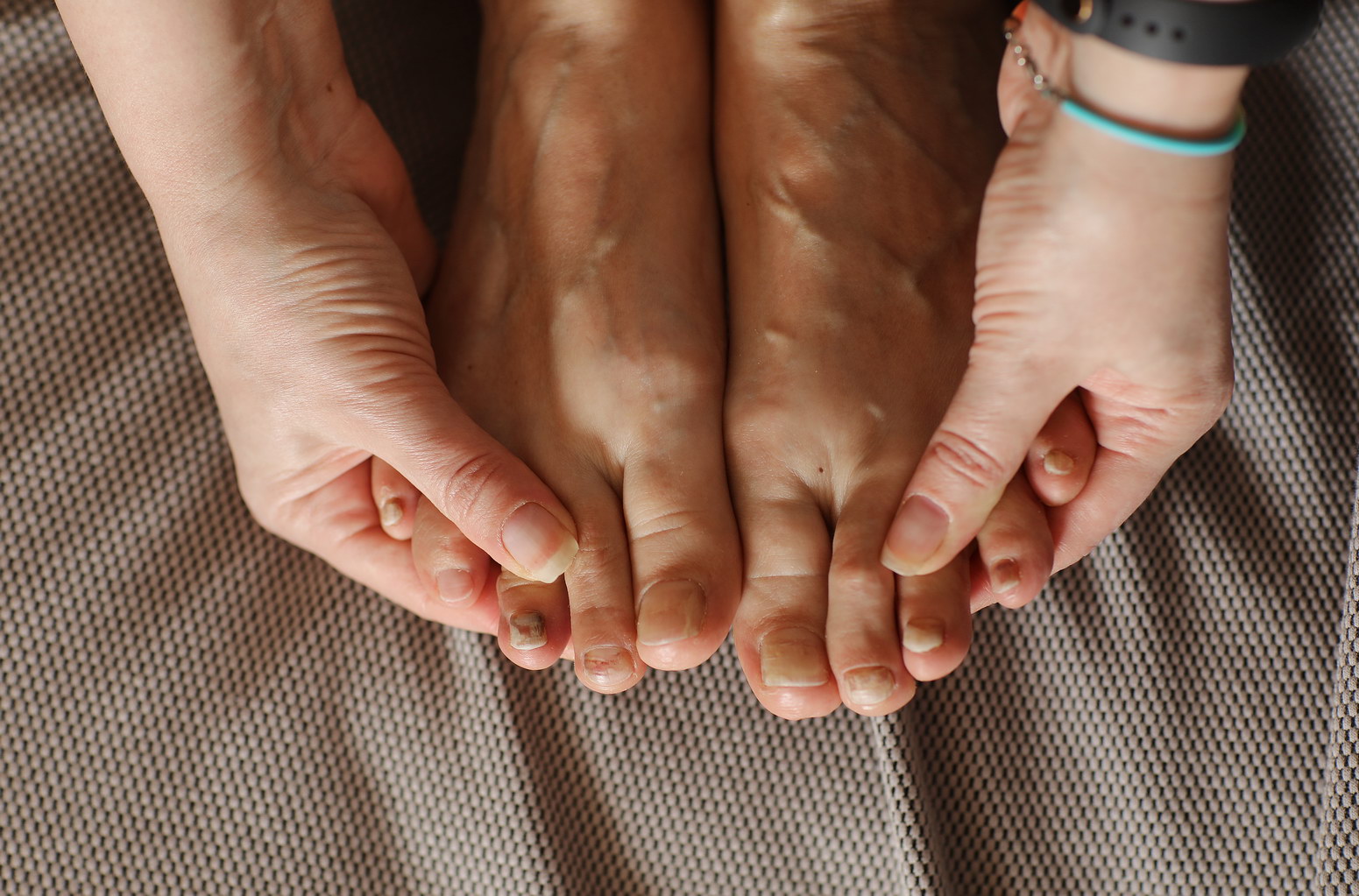
Conclusion
Toenail fungus can be a frustrating and persistent condition, but understanding the different types, causes, and treatment options can help you get the appropriate care and prevent the infection from worsening. If you have any concerns about the health of your toenails, don’t hesitate to consult with a healthcare professional.
Is It Toenail Fungus or Something Else?
Toenail fungal infections can usually be categorized into one of the following five subtypes:
Distal Subungual Onychomycosis This is the most common form of toenail fungal infection, usually occurring in the portion of the nail closer to the tip and on the underside of the nail. The nail may become thick, yellow, or brittle.
Endonyx Onychomycosis People who have endonyx onychomycosis have fungus growing between the layers of the toenails. With this type of fungus, toenails usually have a milky white color and may be pitted or split. They usually don’t thicken or separate from the nail bed.
Proximal White Subungual Onychomycosis This is a relatively uncommon form of toenail fungus, seen most often in people with weakened immune systems due to conditions such as HIV. The fungus enters the toenail through the cuticle and affects the part of the nail closer to the base, turning it a whitish color.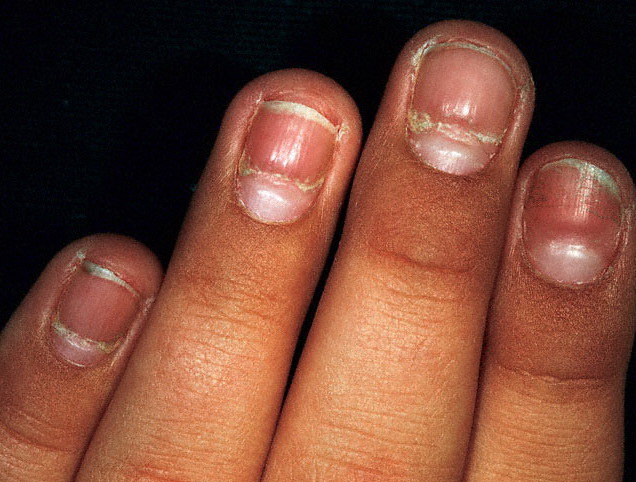
White Superficial Onychomycosis This is also a rare form of toenail fungus that can occur in people who are otherwise healthy. It’s caused by a specific fungus that grows on the superficial, or top, layers of the toenail. Symptoms include opaque, white areas on the toenail that may eventually spread to cover the entire nail. The nail becomes soft and crumbly in texture.
Candida Infection of the Nail Candida is probably best known for causing vaginal yeast infections, but the fungus also lives on the skin. When there’s a break in the skin around the nail, called the nail folds, candida may enter and cause inflammation and infection. The nail itself may thicken and separate from the nail bed if the infection persists. “This type of fungal infection tends to affect fingernails more than toenails,” Goad says.
Conditions That May Look Like Toenail Fungus
Several health conditions can affect the appearance of your toenails and may be mistaken for toenail fungus.
Psoriasis Psoriasis can cause red, scaly patches on the skin. More than half of people with skin psoriasis also have it on their nails. Toenails and fingernails affected by psoriasis may be thick, discolored, crumbly, or loose. “Some people will have nail changes with psoriasis, and if it affects the matrix (the growth plate), then these changes are permanent,” says Sheth.
Skin Cancer A discolored spot underneath a toenail may be a sign of melanoma, a potentially fatal form of skin cancer. Melanoma under a toenail usually looks like a brown or black streak or may appear similar to a bruise. Although this isn’t common, it’s also not rare, says Sheth. Her advice: “It’s always good to check it out.”
Darier Disease This genetic disorder typically causes yellowish, wartlike blemishes on the body. However, some people with Darier disease also have fingernail or toenail irregularities, such as nails that are marked with red and white streaks, according to Genetics Home Reference. Sheth notes, however, that she’s never had a biopsy come back with a diagnosis of Darier disease.
Sheth notes, however, that she’s never had a biopsy come back with a diagnosis of Darier disease.
Yellow Nail Syndrome This rare condition has been known to cause slow-growing, thickened, yellow nails, along with abnormalities affecting the lungs and other parts of the respiratory tract and swelling in various parts of the body, according to the National Organization for Rare Disorders. The exact cause of the syndrome is unknown.
Alopecia Areata This autoimmune disorder most commonly causes round patches of hair loss from the scalp, although it can affect other areas of the body as well, according to Genetics Home Reference. Alopecia areata can also affect nails, which may become rough or pitted or develop white spots. Although rare, people with alopecia areata can notice nail changes before they start seeing hair loss.
Diagnosing and Treating Toenail Changes
If you notice changes in the appearance of your toenails, see a doctor promptly.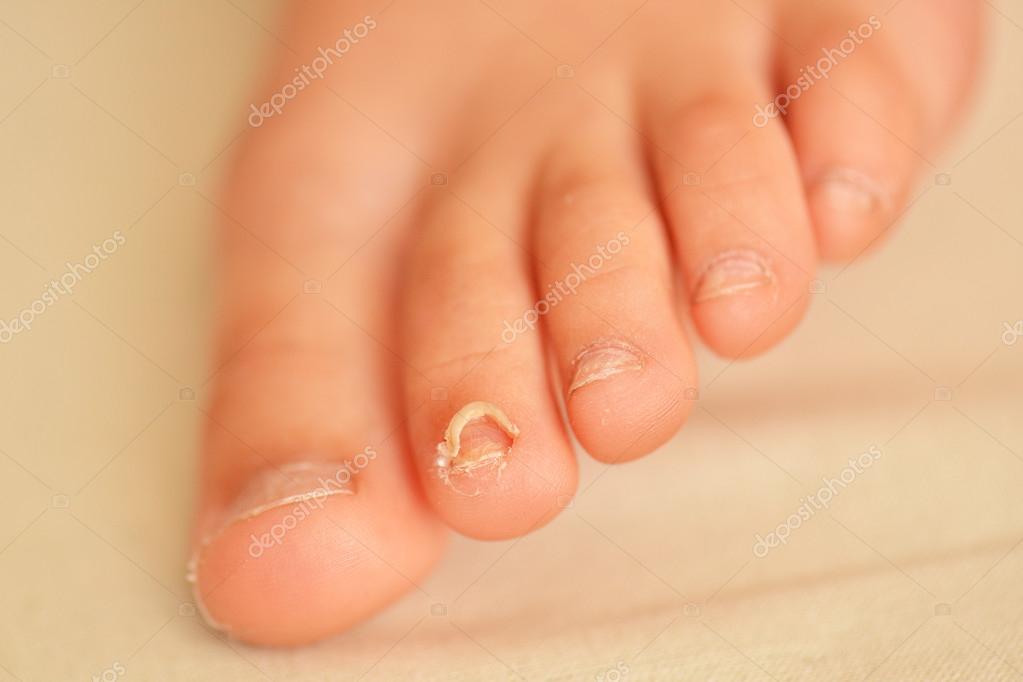 If a fungal infection is suspected, a sample of the nail can be taken and analyzed by a lab to make a diagnosis. If the test comes back positive, an oral or topical antifungal medication may be prescribed to treat the fungus. Most antifungal medications are effective against most forms of toenail fungus, although treatment can take some time, in part because it’s hard to deliver any type of medication through the nail plate to the skin under the nail.
If a fungal infection is suspected, a sample of the nail can be taken and analyzed by a lab to make a diagnosis. If the test comes back positive, an oral or topical antifungal medication may be prescribed to treat the fungus. Most antifungal medications are effective against most forms of toenail fungus, although treatment can take some time, in part because it’s hard to deliver any type of medication through the nail plate to the skin under the nail.
“Most of the time, the treatment requires the whole nail to grow out, which can take up to a year,” says Sheth. “Treatment needs to be consistent and long-term if it has any chance of working.”
If the test comes back negative for fungus, your doctor may begin investigating other causes for the abnormal appearance of your toenails. Sometimes symptoms involving other parts of the body help point to a diagnosis.
People with yellow nail syndrome, for example, may experience leg swelling or breathing problems. Those with alopecia could see their hair begin to fall out.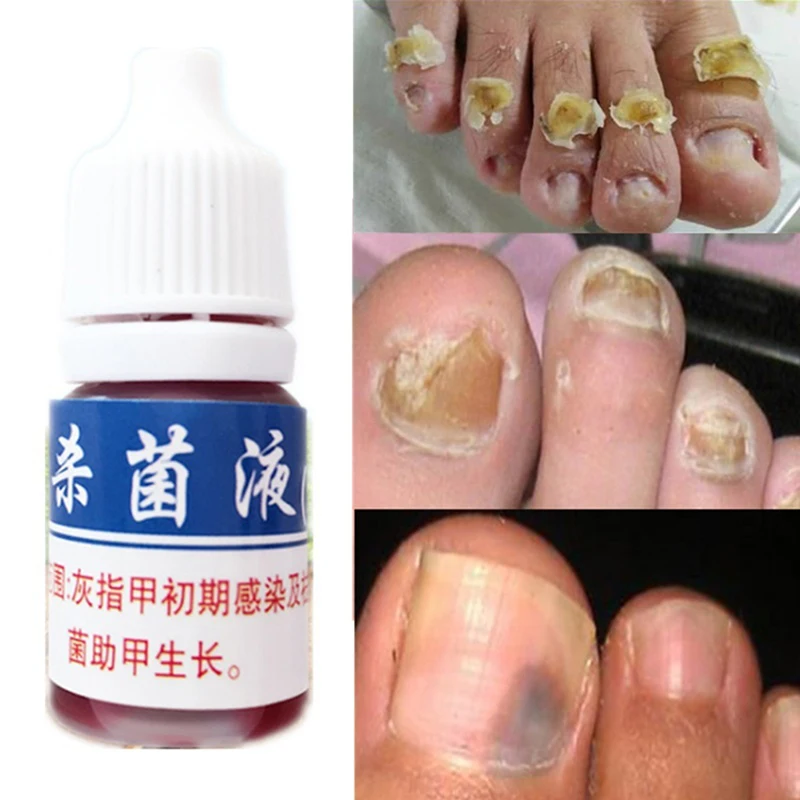
And, according to Goad, “With psoriasis, patches of red, scaly skin may be seen on the knees, elbows, and face, too. It’s usually not limited to just the toenails.”
Additional reporting by Susan Jara
All About Cellulitis: Causes, Symptoms, Treatment, and More
Here’s a closer look at a few skin conditions that could be mistaken for cellulitis, per VisualDx: (7)
Venous Stasis Dermatitis This type of redness and swelling of the lower legs is due to poor blood circulation. It usually affects both legs at once and is associated with rough, scaly skin and itchiness.
Contact Dermatitis Allergic contact dermatitis occurs when the skin comes into contact with an allergen, such as certain metals or poison ivy. The skin can become red, swollen, and blistered, but this type of reaction doesn’t usually cause a fever. Oftentimes the rash of contact dermatitis will form the shape of the allergen — for example, a rash that circles the wrist suggests that a watchband may be to blame, or a rash in a straight line across the ankle mimics the path of the poison ivy leaf that brushed against the skin.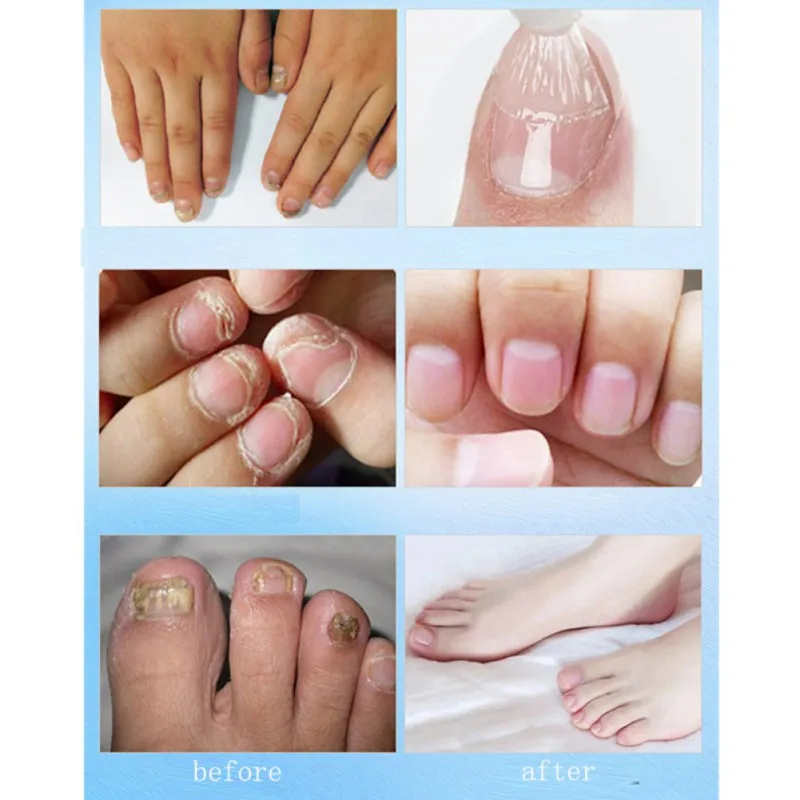
Eczema Atopic dermatitis, or eczema, tends to cause itching, red or scaly skin, and sometimes raised bumps that leak and crust over. It can occur anywhere on the body and does not favor the legs.
Shingles Caused by the virus that causes chickenpox, shingles causes a painful rash that usually appears as a row of blisters. It can occur anywhere on the body but is usually limited to one side at a time.
Tinea Pedis Also known as athlete’s foot, this common fungal infection typically causes redness, itchiness, scaly skin, and sometimes blisters and cracking of the skin on the feet.
Gout Gout occurs when uric acid crystals form in a joint, causing pain, swelling, and stiffness. Gout can also cause the skin over the affected joint to appear red and feel warm to the touch.
Deep Vein Thrombosis A blood clot, or thrombosis, in a deep vein of the leg can cause swelling, pain, and warmth.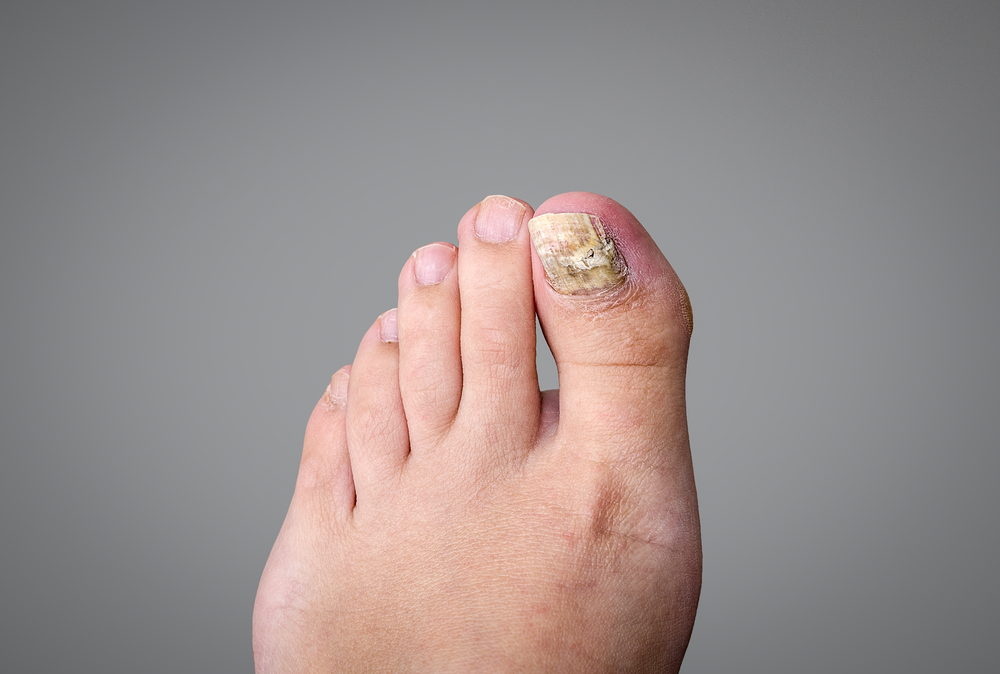 Like cellulitis, deep vein thrombosis usually happens in only one leg at a time. You should seek medical help if you have signs or symptoms of deep vein thrombosis.
Like cellulitis, deep vein thrombosis usually happens in only one leg at a time. You should seek medical help if you have signs or symptoms of deep vein thrombosis.
Vein Inflammation Known as phlebitis, inflammation in a vein can cause pain, swelling, redness, and warmth. Phlebitis can be caused by deep vein thrombosis and also by varicose veins. You should seek medical attention if you develop symptoms of phlebitis.
Lipodermatosclerosis Lipodermatosclerosis refers to changes in the skin of the lower legs caused by inflammation of the layer of fat underneath the skin. The skin may become reddish and harder and darker in color than usual. The leg itself may become swollen, and the condition can be painful. One or both legs may be affected. You should seek medical help if you have signs or symptoms of lipodermatosclerosis.
Learn More About Cellulitis Mimics
Fungal nail infection – Illnesses & conditions
Treatment may not be necessary in mild cases of fungal nail infection. For more severe or troublesome cases, antifungal medication may be recommended.
For more severe or troublesome cases, antifungal medication may be recommended.
A fungal nail infection is unlikely to get better without treatment, but if you’re not bothered by it you might decide it’s not worth treating because treatment can take a long time, may cause side effects, and isn’t always effective.
Whether or not you decide to have treatment, you should still follow the self-help advice below to help stop the condition getting worse or spreading to others.
Things you can try
The advice below may be helpful if you have a fungal nail infection:
- keep your hands and feet clean and dry
- wear well-fitting shoes made of natural materials and clean cotton socks – these will allow your feet to “breathe”
- clip your nails to keep them short – use a separate pair of clippers or scissors for the infected nail
- don’t share towels and socks with other people, and ensure your towels are washed regularly
- don’t walk around barefoot in public pools, showers, and locker rooms – special shower shoes are available to protect your feet
- consider replacing old footwear as it could be the source of the infection
- treat athlete’s foot as soon as possible to avoid the infection spreading to your nails
Antifungal medication
Speak to your GP or pharmacist if you’re embarrassed by the appearance of the affected nail, or it’s causing problems such as pain and discomfort.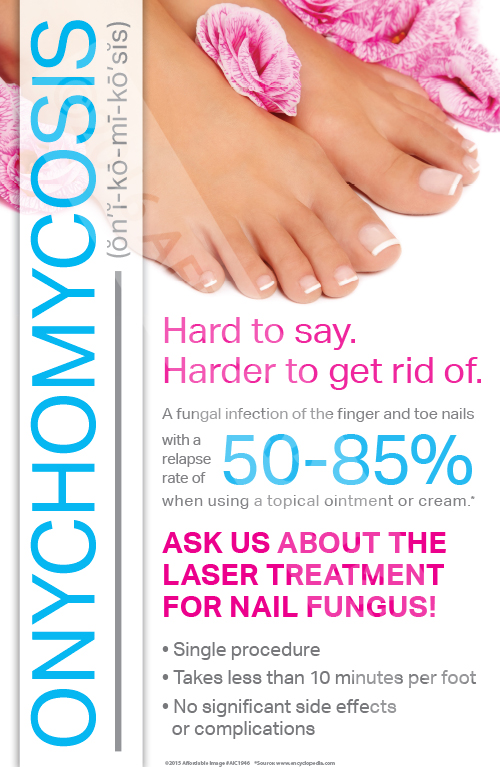
They’ll usually recommend treatment with antifungal medication, either in the form of tablets or a special paint you apply directly to the nail.
A small sample of the infected nail may need to be taken and sent off for testing before treatment starts, to confirm that you do have a fungal infection.
Antifungal tablets
Terbinafine and itraconazole are the two medicines most commonly prescribed for fungal nail infections.
These usually need to be taken once or twice a day for several months to ensure the infection has completely cleared up. If you stop taking the medication too early, the infection may return.
Possible side effects of antifungal tablets can include headache, itching, diarrhoea, loss of sense of taste, and a rash.
Antifungal nail paint
If you prefer not to take antifungal tablets, your GP or pharmacist may suggest you try antifungal nail paint instead.
Nail paint isn’t generally considered to be as effective as tablets because it can be difficult for it to reach the deeper layers of the nail. However, it doesn’t usually cause any side effects.
However, it doesn’t usually cause any side effects.
Like antifungal tablets, antifungal nail paint also normally needs to be used for several months to ensure that the infection has cleared up.
Results of treatment
Antifungal treatments are thought to be effective in treating about 60-80% of fungal nail infections. It can take between 6 and 18 months for the appearance of the affected nail to return to normal, and in some cases the nail may not look the same as before the infection.
If the treatment is working, you should see a new healthy nail start to grow from the base of nail over the course of a few months. The old infected nail should begin to grow out and can be gradually clipped away.
Speak to your GP if new, healthy nail doesn’t start to grow after a few weeks of treatment. Keep using the treatment until your GP says you can stop, as stopping too early could result in the infection returning.
Softening and scraping away the nail
As it can take a long time for antifungal medication to work, some people may prefer to use a treatment that involves softening and removing infected parts of nail over a few weeks.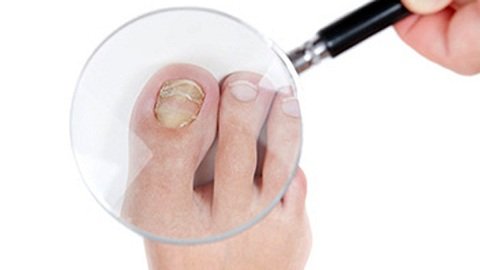
Treatment kits are available from pharmacies that contain a 40% urea paste, plasters and a scraping device. The paste softens the infected parts of the nail, allowing them to be scraped away so they can be gradually replaced with healthy nail.
To use the treatment:
- wash the affected area and dry it thoroughly
- carefully apply the paste to the infected nails
- cover the nails with plasters and leave them for 24 hours
- wash the paste off the next day and scrape away the softened parts of the nail
- repeat this process each day for 2 to 3 weeks
Once no more infected parts of the nail can be removed, ask your pharmacist for antifungal nail paint to prevent re-infection as the nail regrows over the next few months.
Removing the nail
A procedure to remove affected nails completely isn’t usually necessary, but may be recommended if the infection is severe or painful and other treatments haven’t helped.
If your nail is surgically removed, a new nail should eventually grow back in its place. However, it could take a year or more for the nail to grow back completely.
However, it could take a year or more for the nail to grow back completely.
Laser treatment
Laser treatment is a possible option if you have a fungal nail infection that’s particularly stubborn. The laser emits high doses of light energy, which are used to destroy the fungus.
Early research suggests the treatment may be helpful in treating fungal nail infections, but there’s currently not enough evidence to recommend it as a routine treatment.
If you want to try laser treatment, you’ll have to pay for it privately because it’s not available on the NHS. Be aware that the treatment may need to be repeated several times for up to a year, so it could get very expensive.
Nail Infection: Should I Take Antifungal Pills?
You may want to have a say in this decision, or you may simply want to follow your doctor’s recommendation. Either way, this information will help you understand what your choices are so that you can talk to your doctor about them.
Nail Infection: Should I Take Antifungal Pills?
Get the facts
Your options
- Take oral antifungal medicine (antifungal pills) to treat a fungal nail infection.

- Try other treatment, such as antifungal creams, or do nothing.
Key points to remember
- Antifungal pills give you the best chance of curing a severe fungal nail infection.
- If you have liver or heart problems, you should not take antifungal pills. They can cause rare but dangerous side effects, including heart and liver failure.
- You may need testing every 4 to 6 weeks to check for liver, kidney, or heart damage, depending on the antifungal pills you use.
- Sometimes the infection can return after treatment. Your doctor may suggest ways to lower the chances of this happening.
- Other treatments include using antifungal creams, laser treatment, or having your nail removed.
FAQs
A fungal nail infection occurs when a fungus attacks a fingernail, a toenail, or the skin under the nail, called the nail bed. Fungi (plural of fungus) can attack your nails through small cuts in the skin around your nail or through the opening between your nail and nail bed.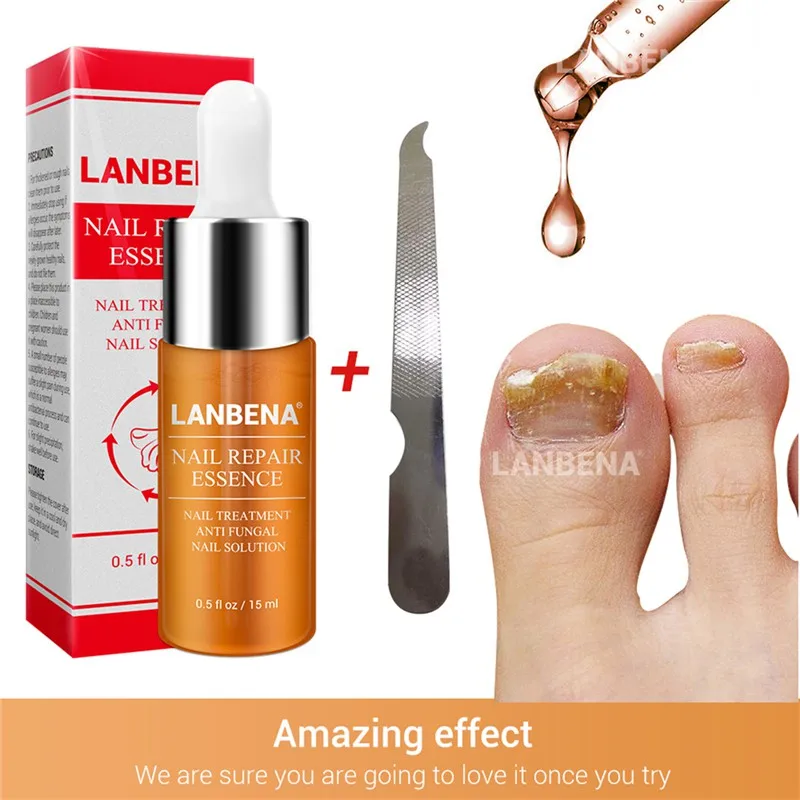
Fungal nail infections are more common in toenails than fingernails. Toenails grow very slowly, giving the fungi more time to develop and get worse. It also takes more time to treat toenails than fingernails.
Yeasts, molds, and different kinds of fungi can cause fungal nail infections. Most are caused by the same type of fungus that causes athlete’s foot. Fungi grow best in warm, moist places, and they can spread from person to person. You can get a fungal nail infection from walking barefoot in public showers or pools or from sharing personal items, such as towels and nail clippers. If you have athlete’s foot, the fungus can spread from your skin to your nails.
You might use antifungal pills if topical treatments have not worked. A fungal nail infection doesn’t go away on its own. And it slowly gets worse over time. An infection may spread into the nail root, where new nail growth begins, and may spread to other nails. The longer you have an infection and the worse it gets, the harder it is to treat.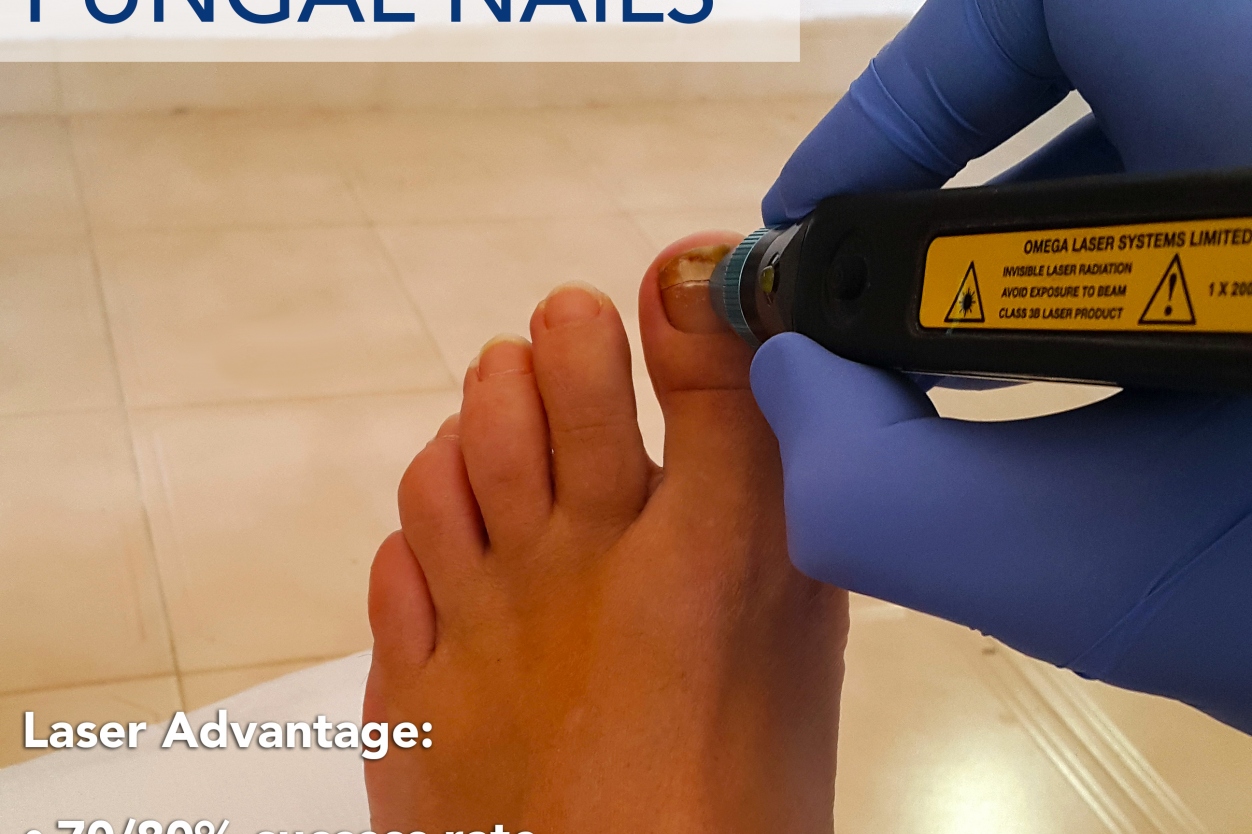
Severe infections, especially in older people who have had the condition for many years, can cause very thick nails that are hard to trim. They may cause pain or discomfort when you walk. If this happens, it is hard to cure a fungal infection, even with antifungal pills.
Not all fungal nail infections need treatment with pills. Some people decide not to treat a fungal infection until it is uncomfortable or painful.
Nail infections are hard to treat, and antifungal pills can be costly. There is no guarantee that the pills will work or that the infection won’t come back.
The pills used to treat fungal nail infections can cause side effects, including stomach problems and headaches. In rare cases, some of these medicines may cause liver damage and heart failure.
You might think about trying other treatments, such as using an antifungal cream, having laser treatment, or having your nail removed.
Pills to treat fungal nail infections include terbinafine (Lamisil) and medicines called azoles, such as itraconazole (Sporanox) and fluconazole (Diflucan). Studies looking at antifungal medicines found that:footnote 1
Studies looking at antifungal medicines found that:footnote 1
- Terbinafine seems to work a little better than azole medicines.
- Terbinafine and azole medicines have about the same rate of side effects.
- The chance of an infection returning is about the same with terbinafine or with azole medicines.
Another antifungal medicine that is used less often is griseofulvin. It seems to work about as well as azole medicines, but griseofulvin causes more side effects.footnote 1
If you are healthy, an ongoing fungal nail infection has no serious risks. But over time, the nail may get thick and look bad. It may be painful when you wear shoes or walk.
If you have diabetes or a weak immune system, a fungal infection can lead to a more serious bacterial infection.
Your doctor may advise you to use pills if:
- You have a painful nail infection.
- You have another health problem, such as diabetes, that can cause problems from foot infection.

Compare your options
Compare Option 1Take antifungal pillsDon’t take antifungal pills
Compare Option 2Take antifungal pillsDon’t take antifungal pills
What is usually involved? | ||
|---|---|---|
What are the benefits? | ||
What are the risks and side effects? |
Take antifungal pills Take antifungal pills
- You take pills every day for several months, or every day for 1 week a month for 2, 3, or 4 months.

- You may need to have blood tests to check that your kidneys and liver are working well.
- Antifungal pills give the best chance of curing a severe fungal nail infection.
- The pills may not work well with other medicines you take, and they could cause problems such as liver damage and heart failure.
- If you have a history of blood or liver disease or you plan to drink alcohol during treatment, these pills are not safe for you.
- Minor side effects include headache, stomach upset, diarrhea, rash, itch, and loss of taste.
- Antifungal pills can be expensive.
- Pills may not work, or the infection may come back.
- Your nail may still look bad after treatment.
Don’t take antifungal pills Don’t take antifungal pills
Instead, you could:
- Try another treatment, such as an antifungal cream.
- Have the nail removed.
- Do nothing.
- You don’t have the risks of taking pills.

- Using creams or removing the nail may clear up your infection, depending on how bad it is.
- Creams may take a long time to work. They will not work as well as pills for a severe infection.
- Your nail infection could get worse, and your nail may fall out.
My toenails have always been a little thick and hard to trim, but lately they are starting to really make my feet hurt. I was never sure what the problem was, and now my doctor says it’s some type of fungal infection. She says that the medicine may help but that my nail is probably damaged and will never grow back in completely normal. She also mentioned that the medicine is pretty expensive, and that’s a concern for me. I’m going to try some other treatment that takes off part of the nail and see if that helps with the pain.
I think this fungal toenail infection is the ugliest thing! It’s so embarrassing. I always keep my nails trimmed and polished, and this one ugly toenail really bothers me.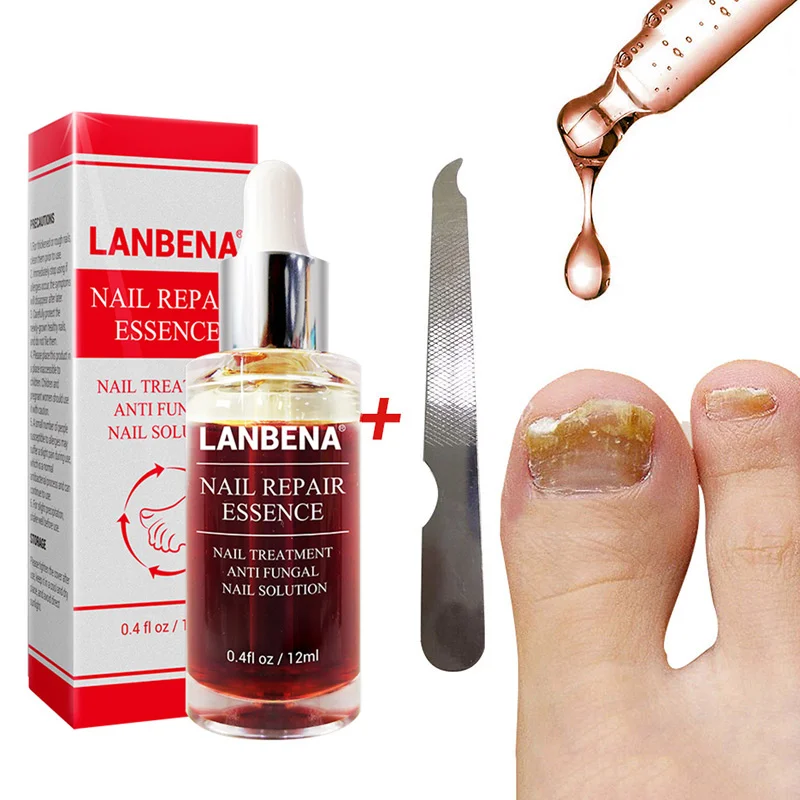 I asked my doctor about these medicines, and it sounds like they will work well for me, because the problem is just in one of my nails. I just can’t believe how long it’s going to take to work!
I asked my doctor about these medicines, and it sounds like they will work well for me, because the problem is just in one of my nails. I just can’t believe how long it’s going to take to work!
Taking medicines for almost 3 months to treat something that really doesn’t bother me? That doesn’t make any sense to me. I have a hard enough time remembering everything I need to do at the office, much less remembering to take a pill every day. If the problem gets any worse, then I’ll reconsider. For now, I’ll just keep that toenail out of sight.
I will always remember my dad’s feet. He had these thick, ugly yellow toenails, and he used to wince when he would walk, because they hurt his feet. My doctor says that I could wind up in the same situation. But since I just got this fungal toenail infection in the last year, if we treat it now, we have a good chance of curing it. I’m going to try this oral medicine that takes several months to work. I’m also going to try all the other things he mentioned, like rotating my shoes so they dry, changing my socks more, and using antifungal foot drying powder. I don’t care so much what my feet look like, but I sure don’t want them to hurt when I’m older.
I don’t care so much what my feet look like, but I sure don’t want them to hurt when I’m older.
What matters most to you?
Your personal feelings are just as important as the medical facts. Think about what matters most to you in this decision, and show how you feel about the following statements.
Reasons to take antifungal pills
Reasons not to take antifungal pills
I’m worried about my infection getting worse.
I’m not worried about my infection getting worse.
More important
Equally important
More important
I’m willing to have regular blood tests to check that my liver and kidneys are okay.
I don’t want to be bothered with a lot of tests.
More important
Equally important
More important
I accept the risk of pills.
Taking these pills is too risky for me.
More important
Equally important
More important
I don’t mind taking pills every day for several months.
I don’t want to take pills every day.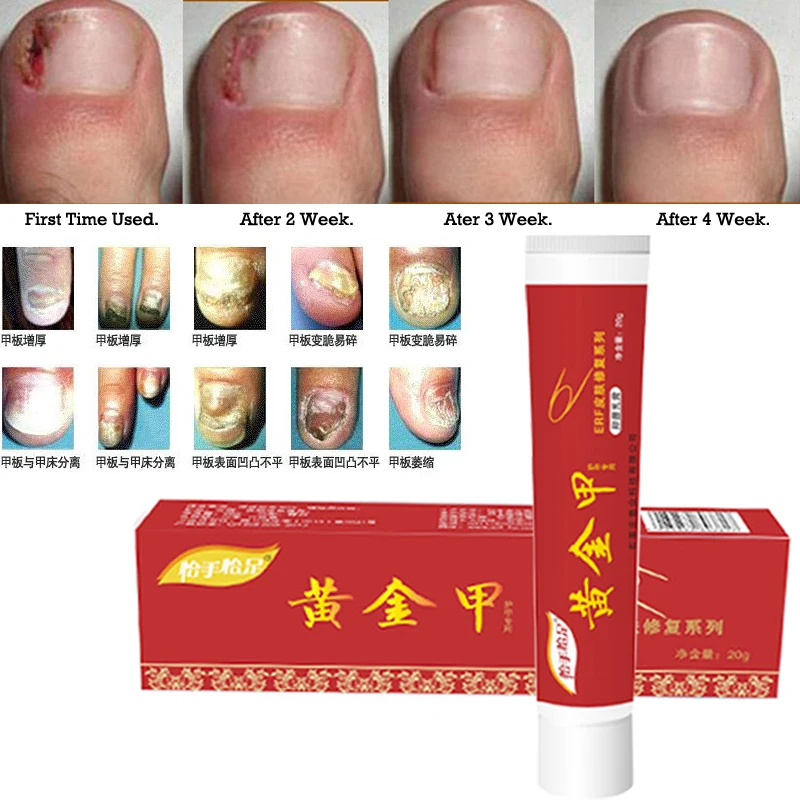
More important
Equally important
More important
My other important reasons:
My other important reasons:
More important
Equally important
More important
Where are you leaning now?
Now that you’ve thought about the facts and your feelings, you may have a general idea of where you stand on this decision. Show which way you are leaning right now.
Taking antifungal pills
NOT taking antifungal pills
Leaning toward
Undecided
Leaning toward
What else do you need to make your decision?
1.1, Do antifungal pills give you the best chance of curing severe fungal nail infections? 2.2, Can antifungal pills cause serious side effects? 3.3, Is taking antifungal pills the only way to treat a fungal nail infection? 1.1,Do you understand the options available to you?2.2,Are you clear about which benefits and side effects matter most to you?3.3,Do you have enough support and advice from others to make a choice?
1.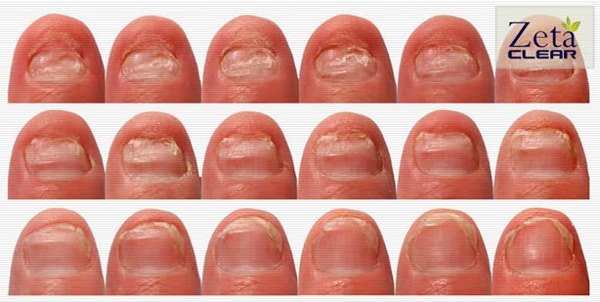
How sure do you feel right now about your decision?
Not sure at all
Somewhat sure
Very sure
2.2, Check what you need to do before you make this decision.
Use the following space to list questions, concerns, and next steps.
Your Summary
Here’s a record of your answers. You can use it to talk with your doctor or loved ones about your decision.
Next steps
Which way you’re leaning
How sure you are
Your comments
Key concepts that you understood
Key concepts that may need review
Credits
| Author | Healthwise Staff |
|---|---|
| Primary Medical Reviewer | Patrice Burgess MD – Family Medicine |
| Primary Medical Reviewer | Adam Husney MD – Family Medicine |
| Primary Medical Reviewer | E. Gregory Thompson MD – Internal Medicine Gregory Thompson MD – Internal Medicine |
| Primary Medical Reviewer | Martin J. Gabica MD – Family Medicine |
| Primary Medical Reviewer | Ellen K. Roh MD – Dermatology |
References
Citations
- Kreijkamp-Kaspers S, et al. (2017). Oral antifungal medication for toenail onychomycosis. Cochrane Database of Systematic Reviews (7). DOI: 10.1002/14651858.CD010031.pub2. Accessed January 25, 2018.
You may want to have a say in this decision, or you may simply want to follow your doctor’s recommendation. Either way, this information will help you understand what your choices are so that you can talk to your doctor about them.
Nail Infection: Should I Take Antifungal Pills?
Here’s a record of your answers. You can use it to talk with your doctor or loved ones about your decision.
- Get the facts
- Compare your options
- What matters most to you?
- Where are you leaning now?
- What else do you need to make your decision?
1. Get the Facts
Your options
- Take oral antifungal medicine (antifungal pills) to treat a fungal nail infection.
- Try other treatment, such as antifungal creams, or do nothing.
Key points to remember
- Antifungal pills give you the best chance of curing a severe fungal nail infection.
- If you have liver or heart problems, you should not take antifungal pills. They can cause rare but dangerous side effects, including heart and liver failure.
- You may need testing every 4 to 6 weeks to check for liver, kidney, or heart damage, depending on the antifungal pills you use.
- Sometimes the infection can return after treatment. Your doctor may suggest ways to lower the chances of this happening.

- Other treatments include using antifungal creams, laser treatment, or having your nail removed.
FAQs
What is a fungal nail infection?
A fungal nail infection occurs when a fungus attacks a fingernail, a toenail, or the skin under the nail, called the nail bed. Fungi (plural of fungus) can attack your nails through small cuts in the skin around your nail or through the opening between your nail and nail bed.
Fungal nail infections are more common in toenails than fingernails. Toenails grow very slowly, giving the fungi more time to develop and get worse. It also takes more time to treat toenails than fingernails.
Yeasts, molds, and different kinds of fungi can cause fungal nail infections. Most are caused by the same type of fungus that causes athlete’s foot. Fungi grow best in warm, moist places, and they can spread from person to person. You can get a fungal nail infection from walking barefoot in public showers or pools or from sharing personal items, such as towels and nail clippers. If you have athlete’s foot, the fungus can spread from your skin to your nails.
If you have athlete’s foot, the fungus can spread from your skin to your nails.
Why would you use antifungal pills to treat a nail infection?
You might use antifungal pills if topical treatments have not worked. A fungal nail infection doesn’t go away on its own. And it slowly gets worse over time. An infection may spread into the nail root, where new nail growth begins, and may spread to other nails. The longer you have an infection and the worse it gets, the harder it is to treat.
Severe infections, especially in older people who have had the condition for many years, can cause very thick nails that are hard to trim. They may cause pain or discomfort when you walk. If this happens, it is hard to cure a fungal infection, even with antifungal pills.
Why wouldn’t you use antifungal pills to treat a nail infection?
Not all fungal nail infections need treatment with pills. Some people decide not to treat a fungal infection until it is uncomfortable or painful.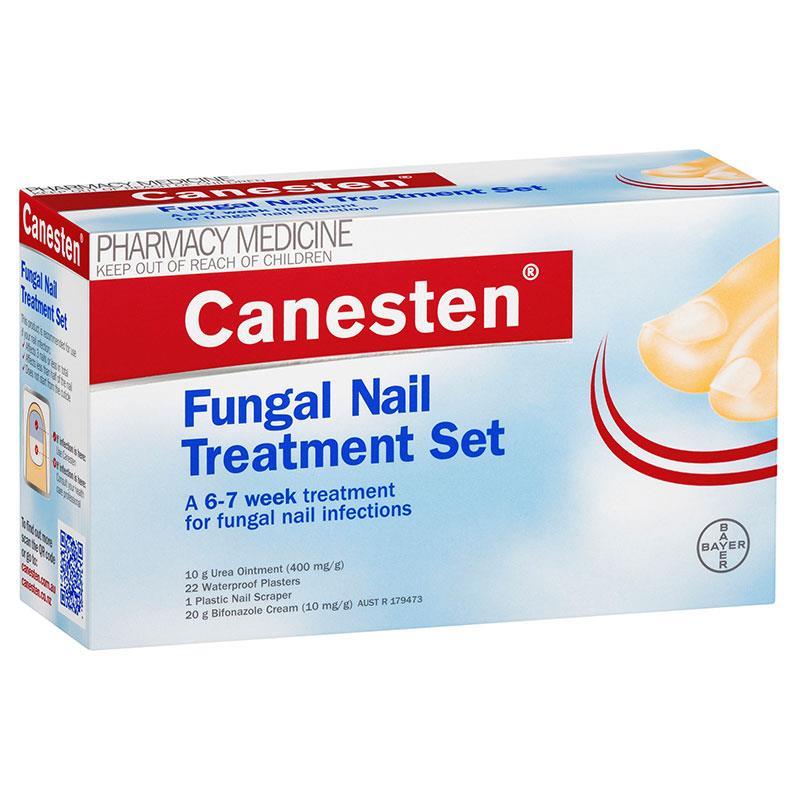
Nail infections are hard to treat, and antifungal pills can be costly. There is no guarantee that the pills will work or that the infection won’t come back.
The pills used to treat fungal nail infections can cause side effects, including stomach problems and headaches. In rare cases, some of these medicines may cause liver damage and heart failure.
You might think about trying other treatments, such as using an antifungal cream, having laser treatment, or having your nail removed.
How well do antifungal pills work?
Pills to treat fungal nail infections include terbinafine (Lamisil) and medicines called azoles, such as itraconazole (Sporanox) and fluconazole (Diflucan). Studies looking at antifungal medicines found that:1
- Terbinafine seems to work a little better than azole medicines.
- Terbinafine and azole medicines have about the same rate of side effects.
- The chance of an infection returning is about the same with terbinafine or with azole medicines.

Another antifungal medicine that is used less often is griseofulvin. It seems to work about as well as azole medicines, but griseofulvin causes more side effects.1
What are the risks of not using pills to treat a nail infection?
If you are healthy, an ongoing fungal nail infection has no serious risks. But over time, the nail may get thick and look bad. It may be painful when you wear shoes or walk.
If you have diabetes or a weak immune system, a fungal infection can lead to a more serious bacterial infection.
Why might your doctor recommend antifungal pills for a fungal nail infection?
Your doctor may advise you to use pills if:
- You have a painful nail infection.
- You have another health problem, such as diabetes, that can cause problems from foot infection.
2. Compare your options
| Take antifungal pills | Don’t take antifungal pills | |
|---|---|---|
| What is usually involved? |
| Instead, you could:
|
| What are the benefits? |
|
|
| What are the risks and side effects? |
|
|
Personal stories
Personal stories about taking oral antifungal medicine for fungal nail infection
These stories are based on information gathered from health professionals and consumers. They may be helpful as you make important health decisions.
“My toenails have always been a little thick and hard to trim, but lately they are starting to really make my feet hurt. I was never sure what the problem was, and now my doctor says it’s some type of fungal infection. She says that the medicine may help but that my nail is probably damaged and will never grow back in completely normal. She also mentioned that the medicine is pretty expensive, and that’s a concern for me. I’m going to try some other treatment that takes off part of the nail and see if that helps with the pain.”
I’m going to try some other treatment that takes off part of the nail and see if that helps with the pain.”
“I think this fungal toenail infection is the ugliest thing! It’s so embarrassing. I always keep my nails trimmed and polished, and this one ugly toenail really bothers me. I asked my doctor about these medicines, and it sounds like they will work well for me, because the problem is just in one of my nails. I just can’t believe how long it’s going to take to work!”
“Taking medicines for almost 3 months to treat something that really doesn’t bother me? That doesn’t make any sense to me. I have a hard enough time remembering everything I need to do at the office, much less remembering to take a pill every day. If the problem gets any worse, then I’ll reconsider. For now, I’ll just keep that toenail out of sight.”
“I will always remember my dad’s feet. He had these thick, ugly yellow toenails, and he used to wince when he would walk, because they hurt his feet. My doctor says that I could wind up in the same situation.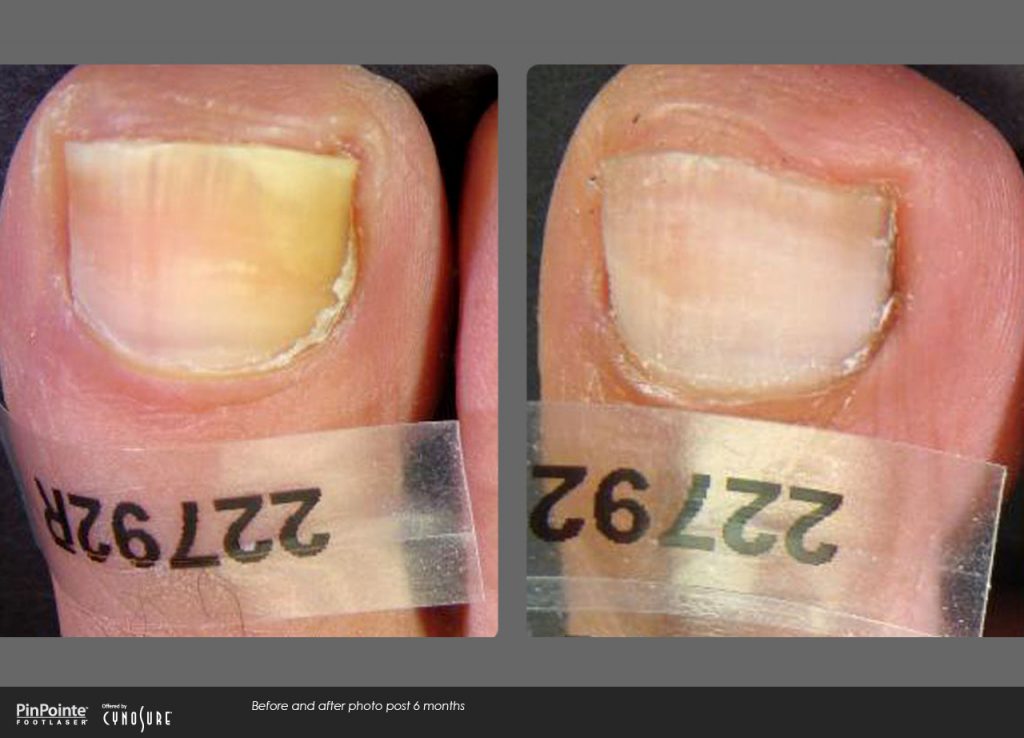 But since I just got this fungal toenail infection in the last year, if we treat it now, we have a good chance of curing it. I’m going to try this oral medicine that takes several months to work. I’m also going to try all the other things he mentioned, like rotating my shoes so they dry, changing my socks more, and using antifungal foot drying powder. I don’t care so much what my feet look like, but I sure don’t want them to hurt when I’m older.”
But since I just got this fungal toenail infection in the last year, if we treat it now, we have a good chance of curing it. I’m going to try this oral medicine that takes several months to work. I’m also going to try all the other things he mentioned, like rotating my shoes so they dry, changing my socks more, and using antifungal foot drying powder. I don’t care so much what my feet look like, but I sure don’t want them to hurt when I’m older.”
3. What matters most to you?
Your personal feelings are just as important as the medical facts. Think about what matters most to you in this decision, and show how you feel about the following statements.
Reasons to take antifungal pills
Reasons not to take antifungal pills
I’m worried about my infection getting worse.
I’m not worried about my infection getting worse.
More important
Equally important
More important
I’m willing to have regular blood tests to check that my liver and kidneys are okay.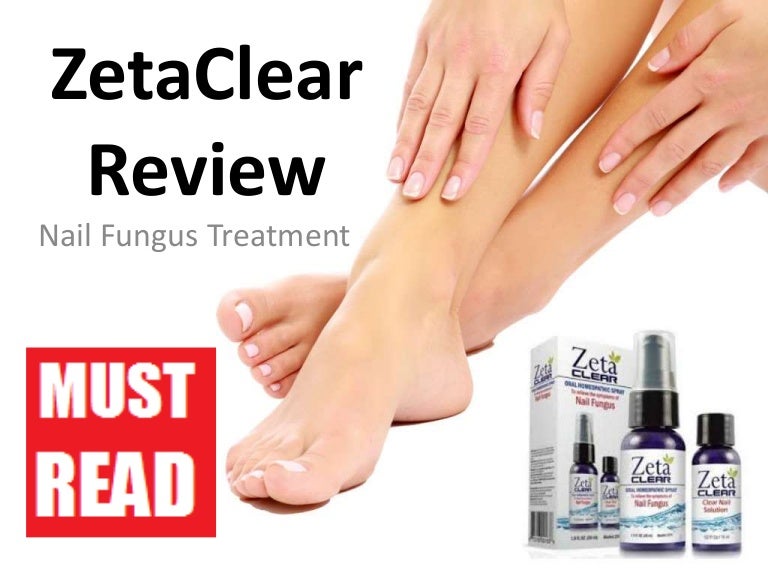
I don’t want to be bothered with a lot of tests.
More important
Equally important
More important
I accept the risk of pills.
Taking these pills is too risky for me.
More important
Equally important
More important
I don’t mind taking pills every day for several months.
I don’t want to take pills every day.
More important
Equally important
More important
My other important reasons:
My other important reasons:
More important
Equally important
More important
4. Where are you leaning now?
Now that you’ve thought about the facts and your feelings, you may have a general idea of where you stand on this decision. Show which way you are leaning right now.
Taking antifungal pills
NOT taking antifungal pills
Leaning toward
Undecided
Leaning toward
5. What else do you need to make your decision?
Check the facts
1.
Do antifungal pills give you the best chance of curing severe fungal nail infections?
You’re right.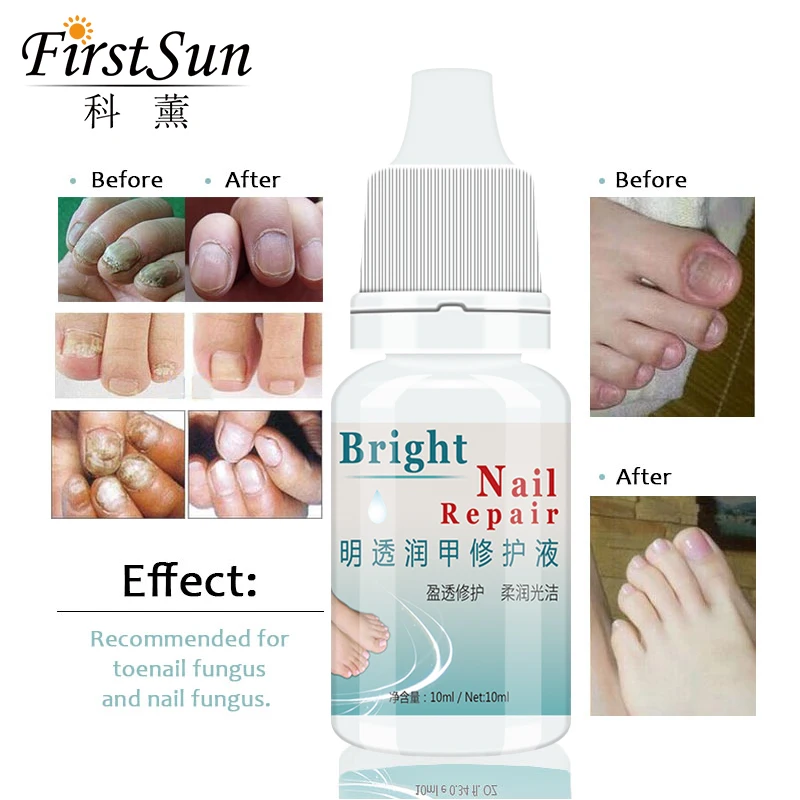 Antifungal pills give you the best chance of curing a severe fungal nail infection.
Antifungal pills give you the best chance of curing a severe fungal nail infection.
2.
Can antifungal pills cause serious side effects?
That’s right. Antifungal pills can cause rare but serious side effects, including liver damage and heart failure.
3.
Is taking antifungal pills the only way to treat a fungal nail infection?
You are right. Other treatments include using antifungal creams, laser treatment, or having your nail removed.
Decide what’s next
1.
Do you understand the options available to you?
2.
Are you clear about which benefits and side effects matter most to you?
3.
Do you have enough support and advice from others to make a choice?
Certainty
1.
How sure do you feel right now about your decision?
Not sure at all
Somewhat sure
Very sure
2.
Check what you need to do before you make this decision.
Use the following space to list questions, concerns, and next steps.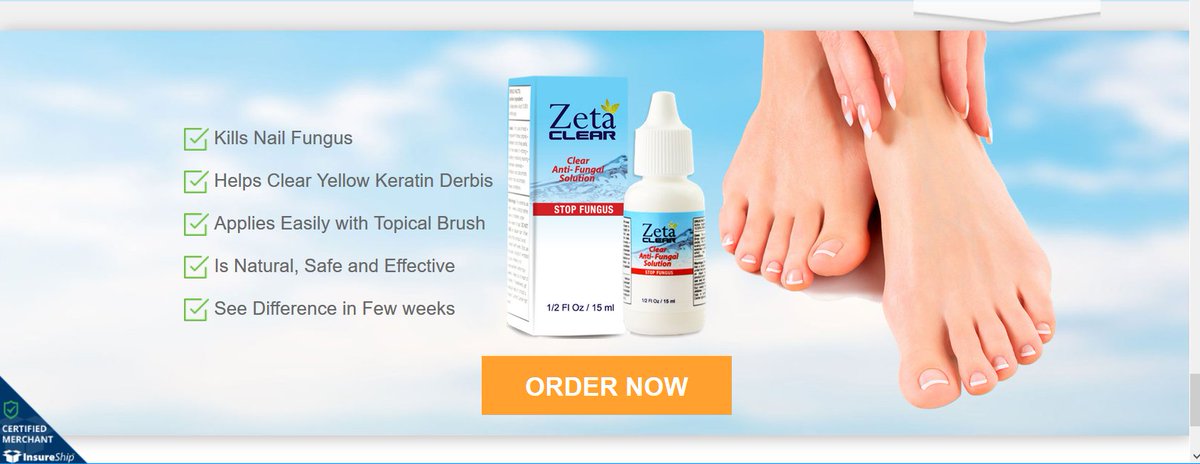
Credits
| By | Healthwise Staff |
|---|---|
| Primary Medical Reviewer | Patrice Burgess MD – Family Medicine |
| Primary Medical Reviewer | Adam Husney MD – Family Medicine |
| Primary Medical Reviewer | E. Gregory Thompson MD – Internal Medicine |
| Primary Medical Reviewer | Martin J. Gabica MD – Family Medicine |
| Primary Medical Reviewer | Ellen K. Roh MD – Dermatology |
References
Citations
- Kreijkamp-Kaspers S, et al. (2017). Oral antifungal medication for toenail onychomycosis. Cochrane Database of Systematic Reviews (7).
 DOI: 10.1002/14651858.CD010031.pub2. Accessed January 25, 2018.
DOI: 10.1002/14651858.CD010031.pub2. Accessed January 25, 2018.
Note: The “printer friendly” document will not contain all the information available in the online document some Information (e.g. cross-references to other topics, definitions or medical illustrations) is only available in the online version.
Current as of: July 2, 2020
Author:
Healthwise Staff
Medical Review:Patrice Burgess MD – Family Medicine & Adam Husney MD – Family Medicine & E. Gregory Thompson MD – Internal Medicine & Martin J. Gabica MD – Family Medicine & Ellen K. Roh MD – Dermatology
Kreijkamp-Kaspers S, et al. (2017). Oral antifungal medication for toenail onychomycosis. Cochrane Database of Systematic Reviews (7). DOI: 10.1002/14651858.CD010031.pub2. Accessed January 25, 2018.
Fungi-Nail Uses, Side Effects & Warnings
Generic Name: undecylenic acid topical (un deh si LEN ik AS id)
Brand Name: Blis-To-Sol Powder, Elon Dual Defense Anti-Fungal Formula, Fungicure, Fungi-Nail, Myco Nail A, Tineacide, Undelenic
Medically reviewed by Drugs. com on Aug 26, 2020. Written by Cerner Multum.
com on Aug 26, 2020. Written by Cerner Multum.
What is Fungi-Nail?
Undecylenic acid is a fatty acid that works by preventing fungus from growing on the skin.
Fungi-Nail (for the skin) is used to treat skin infections that are caused by fungus, such as athlete’s foot, jock itch, or ringworm.
Fungi-Nail may also be used for purposes not listed in this medication guide.
Warnings
Follow all directions on your medicine label and package. Tell each of your healthcare providers about all your medical conditions, allergies, and all medicines you use.
Before taking this medicine
You should not use Fungi-Nail if you are allergic to it.
Ask a doctor or pharmacist if Fungi-Nail is safe to use if you have sensitive skin or allergies.
Do not give this medicine to a child without medical advice.
Ask a doctor before using this medicine if you are pregnant or breast-feeding.
How should I use Fungi-Nail?
Use exactly as directed on the label, or as prescribed by your doctor.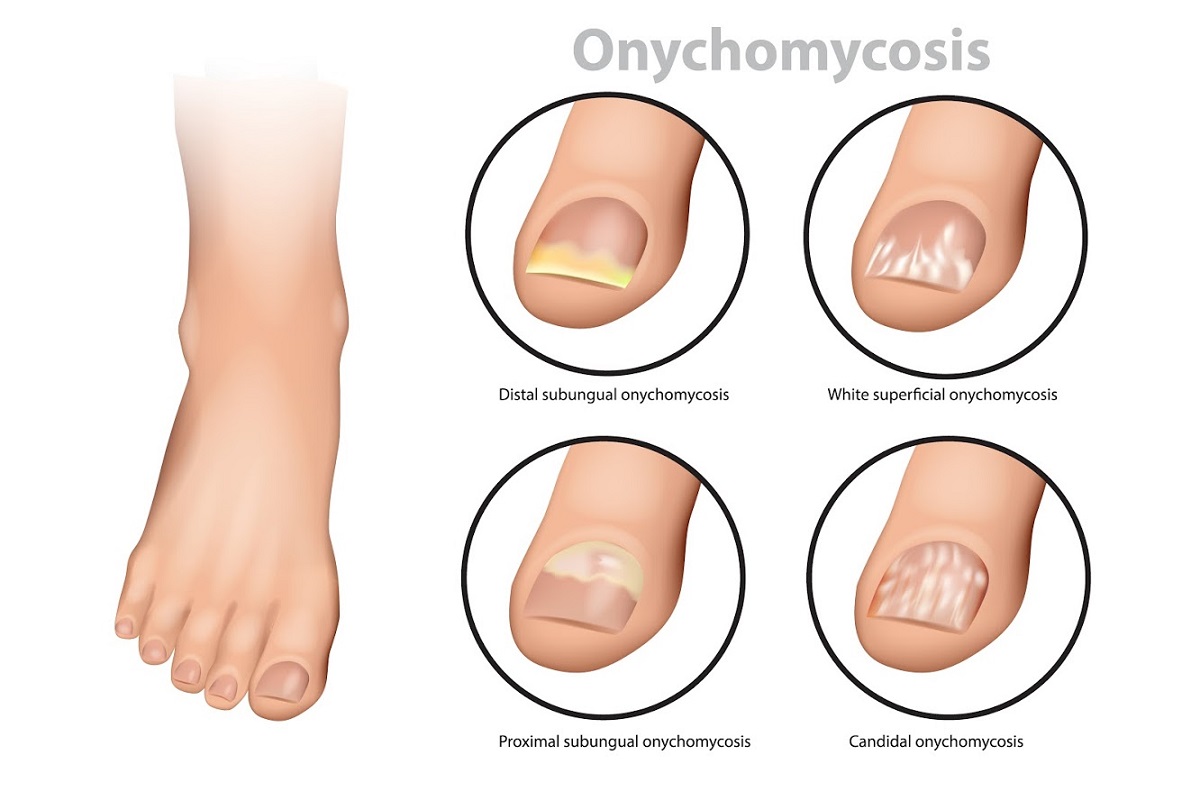
Do not take by mouth. Topical medicine is for use only on the skin.
Use only the Fungi-Nail formulation made for the specific body area you are treating (such as your feet, groin, or nails). This medicine will not be effective if you do not use the correct formulation.
Do not allow a young child to use Fungi-Nail without help from an adult.
Wash your hands before and after using this medicine.
If you are using Fungi-Nail on your feet, apply the medicine to all areas including between your toes.
Do not cover treated skin with a bandage. You may cover the skin with a cotton gauze dressing to protect your clothing.
Avoid wearing tight-fitting, synthetic clothing (such as nylon) that doesn’t allow air circulation. Wear loose clothing made of cotton and other natural fibers until the infection is healed.
Change your shoes and socks at least once daily while treating athlete’s foot.
Call your doctor if your symptoms do not improve after 4 weeks of treatment.
Use this medicine for the full prescribed length of time, even if your symptoms quickly improve.
Store at room temperature away from moisture and heat. Do not freeze.
What happens if I miss a dose?
Apply the medicine as soon as you can, but skip the missed dose if it is almost time for your next dose. Do not apply two doses at one time.
What happens if I overdose?
An overdose of Fungi-Nail is not expected to be dangerous. Seek emergency medical attention or call the Poison Help line at 1-800-222-1222 if anyone has accidentally swallowed the medication.
What should I avoid while using undecylenic acid topical?
Do not get Fungi-Nail in your eyes. If contact does occur, rinse with water.
Fungi-Nail side effects
Get emergency medical help if you have signs of an allergic reaction: hives; difficult breathing; swelling of your face, lips, tongue, or throat.
Stop using this medicine and call your doctor at once if you have:
Common side effects may include:
This is not a complete list of side effects and others may occur. Call your doctor for medical advice about side effects. You may report side effects to FDA at 1-800-FDA-1088.
Call your doctor for medical advice about side effects. You may report side effects to FDA at 1-800-FDA-1088.
What other drugs will affect Fungi-Nail?
Medicine used on the skin is not likely to be affected by other drugs you use. But many drugs can interact with each other. Tell each of your health care providers about all medicines you use, including prescription and over-the-counter medicines, vitamins, and herbal products.
Further information
Remember, keep this and all other medicines out of the reach of children, never share your medicines with others, and use this medication only for the indication prescribed.
Always consult your healthcare provider to ensure the information displayed on this page applies to your personal circumstances.
Medical Disclaimer
Copyright 1996-2021 Cerner Multum, Inc. Version: 5.01.
How You Can Stop Foot and Toenail Fungus In Its Tracks – Health Essentials from Cleveland Clinic
The itching and burning of athlete’s foot is a common enemy lurking throughout locker rooms. But you can get this foot condition even if you haven’t been in a gym. It includes two separate infections: one that affects the skin on your feet, which is classic athlete’s foot, and another infection that affects your toenails, called mycotic nails.
But you can get this foot condition even if you haven’t been in a gym. It includes two separate infections: one that affects the skin on your feet, which is classic athlete’s foot, and another infection that affects your toenails, called mycotic nails.
Cleveland Clinic is a non-profit academic medical center. Advertising on our site helps support our mission. We do not endorse non-Cleveland Clinic products or services. Policy
They’re both very common because exposing yourself to the fungus that causes them is easy to do. Dermatologist Pamela Ng, MD, explains what you need to know about this common condition and top ways to stop it in its tracks.
Athlete’s foot is a highly contagious fungal infection that is part of a larger family of fungal infections affecting the skin and nails. These include “jock itch” and ringworm. Because it’s a fungus, it thrives in the moist, warm climate of your gym locker room, bathrooms and showers.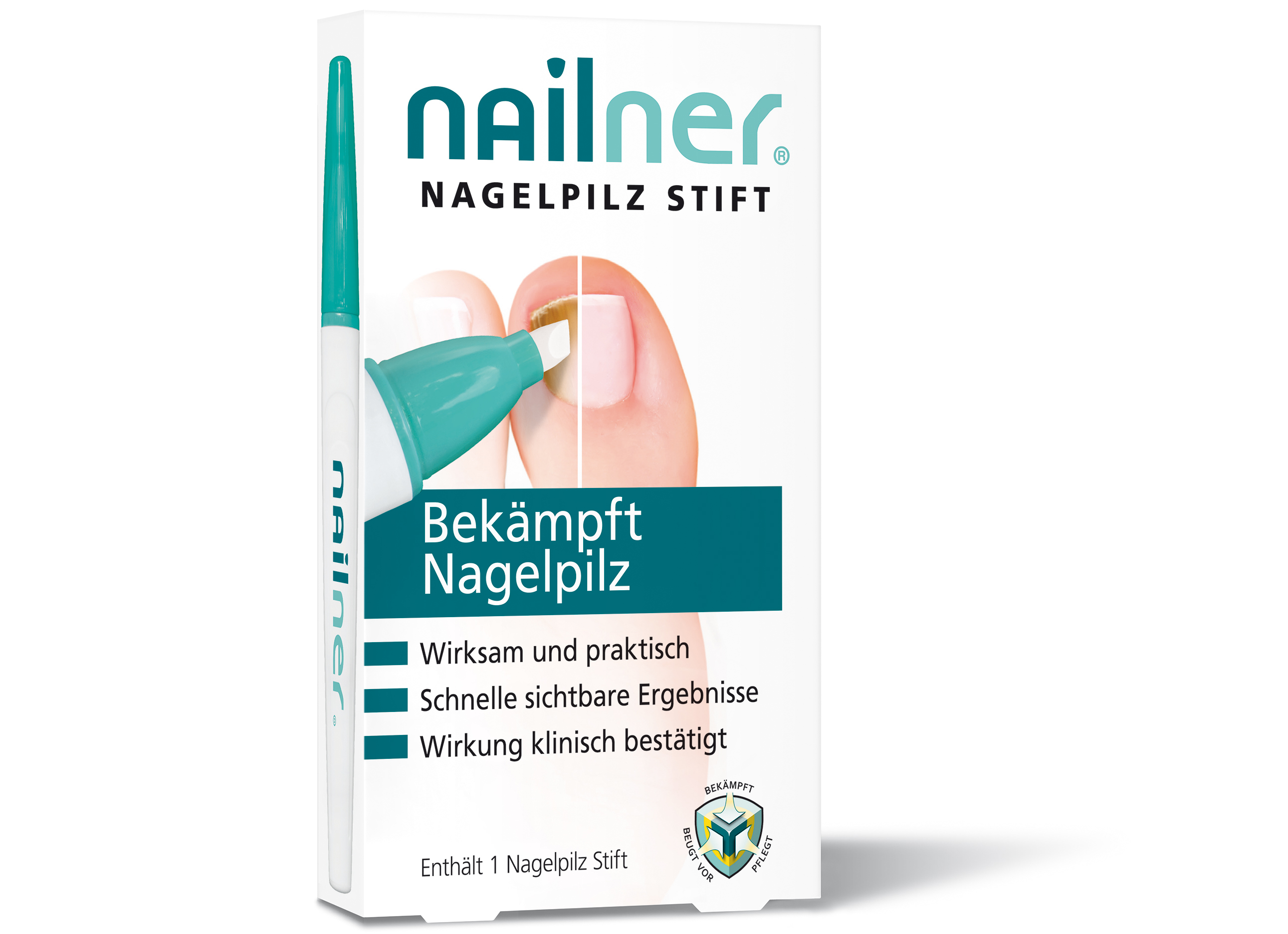 You get athlete’s foot by direct contact with contaminated surfaces, most commonly within these shared communal spaces, but also brewing inside your sweaty, tight-fitting shoes.
You get athlete’s foot by direct contact with contaminated surfaces, most commonly within these shared communal spaces, but also brewing inside your sweaty, tight-fitting shoes.
Symptoms of athlete’s foot include a scaly, itchy rash on the feet and between toes. Mycotic nails appear discolored to a brownish-yellow and the nails become thick, brittle and separated from the nail bed. These things are more than just a cosmetic embarrassment; for some, they can become a serious health concern.
“If you are diabetic or immune-compromised, it’s important to get foot fungus issues under control,” says Dr. Ng. “The fungal infections can cause breakdown of the skin and lead to conditions like cellulitis or foot ulcers.”
See a dermatologist to pinpoint the problem
Foot fungus won’t just go away on its own, Dr. Ng says. “If you think you have foot or toenail fungus, see your dermatologist,” she says. There are several tests that your dermatologist can perform to identify exactly what’s going on.
“It’s important to be aware that there are other diseases which can cause nail changes,” she says. “For example, we do see things like squamous cell skin cancers in the nail beds and even melanomas, which have a brownish or blackish discoloration.”
Doctors weigh best treatments
The best treatment for fungal nail infections is a prescription that your dermatologist can prescribe that you take every day for two-to-three months. The pill is not for everyone, since oral antifungals can interact with other medications and can affect the liver.
Fortunately if you don’t want to or can’t take a pill, there are topical solutions to treat nail fungus. Although topical medications are desirable because of the low risk of side effects and interaction with other medications, they have much longer treatment regimens. Generally, topical medications have a lower clearance rate compared to oral pills.
“Newer topical antifungals including Efinaconazole and Tavaborole have better penetration of the nail plate and so they work better compared to older topical medications,” says Dr. Ng. She says the topical medications work best if you only have partial nail involvement.
Ng. She says the topical medications work best if you only have partial nail involvement.
Lasers are approved by the FDA to temporarily increase the amount of clear nail. However, the cure rates are lower than oral medications and topical solutions.
Photodynamic therapy has been used for fungal nail infections with moderate success. This involves applying a photosensitizing agent then exposing it to a light source. Dr. Ng says this procedure may not be covered by your insurance. More studies are needed to determine the true outcome of photodynamic therapy in treating onychomycosis.
“Unfortunately, even if your nail is cleared after treating it, fungal infections in the nails have a tendency to recur, especially if you’re predisposed to this type of infection,” says Dr. Ng. Using a topical antifungal cream regularly after the fungal nail has been treated can prevent recurrence of the fungal infection. She says it’s also helpful to apply an antifungal spray or powder in your shoes once you have been treated to reduce the risk of recurrence.
Over-the-counter cream may help
If your foot fungus infection is only on the skin of your feet, then Dr. Ng recommends an over-the-counter antifungal cream.
“I like the creams better than the sprays or powders because the creams will completely coat the foot and treat the entire skin surface,” she says. “Make sure that you get in between the toes, because that’s really where we see the most problems in those warm, moist areas.”
Tips to combat foot fungus
The best way to combat foot fungus is to reduce your exposure to it. There are simple things you can do to prevent from contracting foot and nail fungus.
- Wash and dry your feet well after exercising. Be sure to get between your toes.
- If you use a communal area such as a shower at your gym or the local pool, wear waterproof shoes such as flip-flops to ensure your feet don’t come into contact with contaminated surfaces.
- If you suspect a case of athlete’s foot is brewing, treat it right away with over-the-counter creams mentioned above.

- Because athlete’s foot and toenail fungus thrives in dark, damp environments, wear shoes that breathe and don’t trap sweat inside of them, and change your socks often. Invest in some socks that wick moisture away from your skin.
- Be sure to protect your feet at home if someone has a foot infection.
The danger of waiting to treat the fungus
The greatest danger of not treating the foot or toenail fungus is that it can spread to other parts of the body, such as the hands and groin.
If for some reason you can’t treat your toenails or your feet right away, at least use an antifungal topical cream on the surrounding skin, Dr. Ng says. That will help keep it from spreading and keep the skin intact.
Ciclopirox Topical: MedlinePlus Drug Information
Ciclopirox comes as a solution to apply to nails and the skin immediately surrounding and under the nails. It is usually applied once a day. To help you remember to use ciclopirox, apply it around the same time every day, usually at bedtime. Follow the directions on your prescription label carefully, and ask your doctor or pharmacist to explain any part you do not understand. Use ciclopirox exactly as directed. Do not use more or less of it or use it more often than prescribed by your doctor.
Follow the directions on your prescription label carefully, and ask your doctor or pharmacist to explain any part you do not understand. Use ciclopirox exactly as directed. Do not use more or less of it or use it more often than prescribed by your doctor.
Ciclopirox is used to improve the condition of nails, but may not completely cure nail fungus. It may take 6 months or longer before you notice that your nails are getting better. Continue to use ciclopirox daily as directed. Do not stop using ciclopirox without talking to your doctor.
Ciclopirox topical solution will work best if you trim your nails regularly during your treatment. You should remove all loose nail or nail material using a nail clipper or nail file before you begin treatment and every week during your treatment. Your doctor will show you how to do this. Your doctor will also trim your nails once each month during your treatment.
Only apply ciclopirox topical solution to your nails and the skin under and around your nails. Be careful not to get the solution on any other areas of the skin or parts of your body, especially in or near your eyes, nose, mouth, or vagina.
Be careful not to get the solution on any other areas of the skin or parts of your body, especially in or near your eyes, nose, mouth, or vagina.
Do not use nail polish or other nail cosmetic products on nails treated with ciclopirox topical solution.
Do not take a bath, shower, or swim for at least 8 hours after applying ciclopirox topical solution.
Ciclopirox topical solution may catch fire. Do not use this medication near heat or an open flame, such as a cigarette.
To use ciclopirox topical solution, follow these steps:
- Be sure that you have trimmed your nails properly before your first treatment.
- Use the applicator brush attached to the bottle cap to apply ciclopirox topical solution evenly to all affected nails. Also apply the solution to the underside of the nail and the skin beneath it if you can reach these areas.
- Wipe off the bottle cap and neck and replace the cap tightly on the bottle.
- Let the solution dry for about 30 seconds before you put on socks or stockings.

- When it is time for your next dose, apply ciclopirox topical solution over the medication that is already on your nails.
- Once a week, remove all the ciclopirox from your nail(s) with a cotton square or tissue soaked with rubbing alcohol. Then, remove as much of the damaged nail as possible using scissors, nail clippers, or nail files.
Nail fungus, symptoms, treatment methods
Onychomycosis is a fungal infection parasitizing human nails. About 10-20% of people around the world suffer from this disease. In most cases, the causative agents are dermatophytes, in the rest: microsporia, trichophytosis, epidermophytosis. Often there is a complication in the form of the development of moldy or yeast-like fungi.
Initially develops on the soles of the feet and in the folds between the toes, then spreads to the nail plates.
Infection is possible when visiting public places (saunas, baths, swimming pools) and by household means (through hygiene items, clothes, linen). Unpainted wooden surfaces are considered the most dangerous. It is better to entrust the treatment of nail fungus to specialists in their field – doctors.
Unpainted wooden surfaces are considered the most dangerous. It is better to entrust the treatment of nail fungus to specialists in their field – doctors.
High humidity and heat are the best conditions for the development and reproduction of pathogens. Spread through skin particles on the surface of objects.
Risk group – people with diabetes mellitus, HIV, with impaired blood supply to the arms and legs, who also underwent courses of immunosuppressive, antibacterial and corticosteroid therapy.
Type of disease:
There are three types of onychomycosis in medicine :
– normotrophic (discoloration of the nail, the appearance of spots, stripes, but at the same time maintaining the thickness and no tarnishing)
– hypertrophic (loss of gloss, compaction of the nail plate, deformation and destruction, pain when walking)
-atrophic (first brownish-gray nail color, then destruction and rejection)
Symptoms nail fungus :
Symptoms differ for each type of pathogen, stage of disease and site of injury.
But basic for all forms are:
– inflammation of the skin around the nail
– white, grayish or yellow spots on the nail
– changes in the structure of the nail plate
– atrophy and rejection
When the first symptoms appear, you should immediately seek medical help, since the course of the disease is very rapid. In laboratory conditions, it is possible to determine the type of disease with the help of certain studies, and then the doctor can prescribe cleaning from nail fungus.
Treatment of onychomycosis :
With an advanced stage of the disease, the use of ointments is ineffective, since it is required first of all to surgically remove the affected nail plate. Also, for fungal infections, treatment of ingrown nails is required.
In the initial stages, you can use the following drugs for the treatment of nail fungus:
– STOCKHOLM HOOF TAR – horse hoof tar.
– griseofulvin – effective in 40% of cases, high relapse rate and side effects
– ketoconazole – the course of treatment is 8-12 months. once daily with meals, 50% efficiency
once daily with meals, 50% efficiency
-itraconazole – one of the most effective drugs – the recovery rate is 80-85%. The course is 7-10 days.
-terbinafine – a course of 2-3 months, daily. Efficiency – 80-90%, is achieved 48-50 weeks after the end of the course.
It is important to know that the causative agents of nail fungus in case of relapse are immune to drugs that have already been used during the initial infection. Therefore, it is necessary to use products with a different effect that are not addictive (Mycosan serum).
All drugs are prescribed exclusively by a doctor, because they have side effects and can cause allergies.
Traditional methods:
Treatment of with natural remedies does not allow achieving 100% of the result, therefore it is still necessary to consult a doctor and select high-quality antifungal agents to improve the effectiveness.
– treatment with 5% iodine solution twice a day.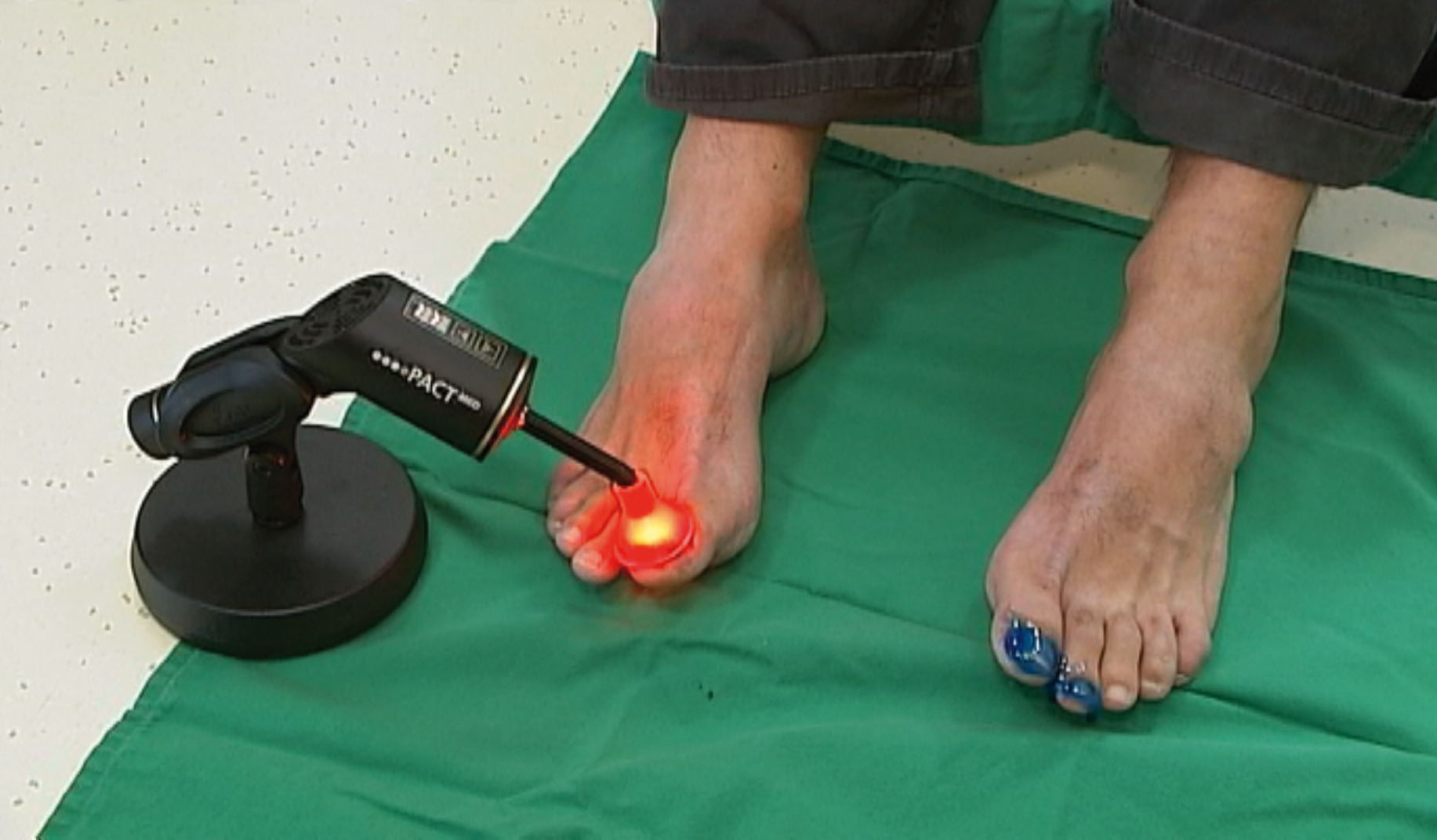 Discontinue use in case of severe burning sensation.
Discontinue use in case of severe burning sensation.
– propolis promotes the restoration of healthy tissues.The extract or 20% tincture is applied to infected tissues.
tea mushroom is one of the oldest remedies. Usage: make a compress at night, then rinse the affected areas with water and remove dead particles.
We treat the fungus correctly – causes, diagnosis and treatment
Fungal infection is not only an unpleasant disease, but also a dangerous one. It starts with dull, brittle nails and a slight itching of the skin between the fingers – symptoms that many do not pay attention to. But without proper treatment, the disease progresses and can lead to ulcers and cracks in the feet, as well as crumbling and deformation of nails.And after all all this time the patient infects others with a fungal infection!
In order not to bring the disease to complications and to protect loved ones from this danger, act at the first signs of a fungal infection: seek qualified help and start treatment.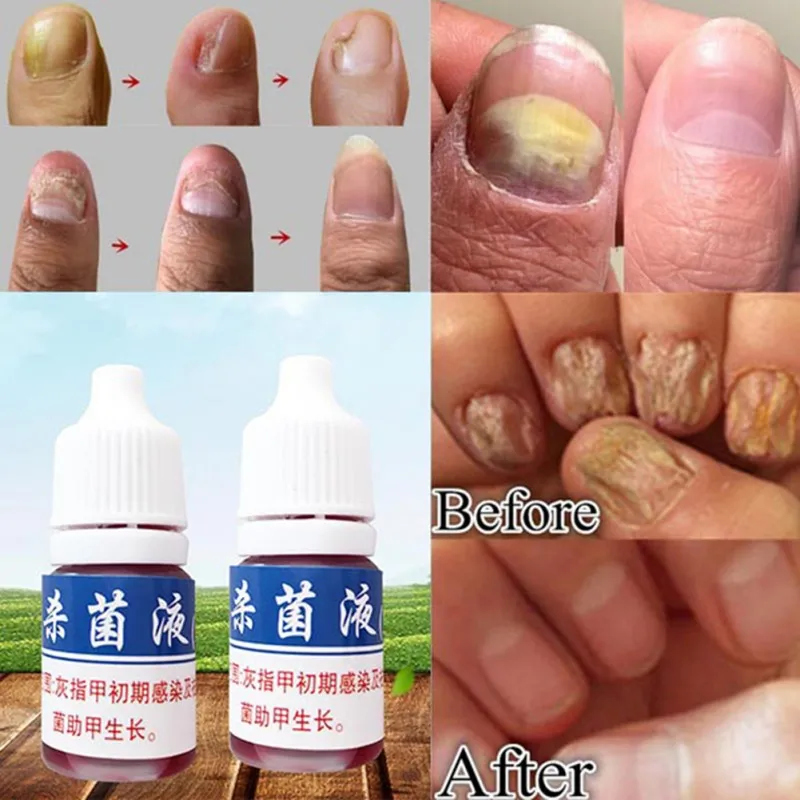
By itself, this disease does not go away, it must be treated carefully, strictly adhering to the recommended course of therapy.
Each – his own: choosing a treatment regimen
There are several treatment regimens for fungal infections: systemic, complex, external therapy.
The systemic treatment regimen involves taking certain medications in the form of tablets or capsules, many of which, unfortunately, can have side effects that negatively affect the body.
Complex therapy consists of treatment with both pills and external agents.
External therapy. Compared to systemic therapy, treatment with external agents alone has fewer side effects. This scheme is recommended for use in cases where no more than 1/3 of the nail plates and no more than 2 fingers or toes are affected.Therefore, it is so important to start the treatment of fungal infection in a timely manner!
Varnishes, creams, solution: which is better?
For a long time, external preparations were represented mainly by varnishes and creams.
Varnishes affect only the nails, and lose concentration when they penetrate deeper. *
Creams (the most common form of drugs) – are more used to treat fungal skin diseases, help to moisturize and soften it.
A special place among antifungal drugs is occupied by the solution “Exoderil” – due to its unique property of deep penetration into the nail plate.
Read the instructions: how to achieve maximum effect?
A special property of “Exoderil” is that, in addition to the antifungal effect, it is also capable of exerting an antibacterial effect on microorganisms, which are often combined with fungal infections. Thanks to its shape, the solution penetrates deep into the nail ** and is evenly distributed in it, helping to destroy the fungus, relieve inflammation and eliminate itching.
But in order to achieve a therapeutic effect, you need to be treated correctly.For example, here is the recommended treatment regimen with Exoderil solution. The solution is applied twice a day to the affected nail, and before each use of the drug, you should try to remove the affected part of the nail as much as possible with scissors or a nail file. Keep in mind that the duration of therapy for nail fungus is on average about 6 months until you see a healthy nail and clear skin around it. After this, treatment should be continued for another two weeks to prevent recurrence of the disease.
The solution is applied twice a day to the affected nail, and before each use of the drug, you should try to remove the affected part of the nail as much as possible with scissors or a nail file. Keep in mind that the duration of therapy for nail fungus is on average about 6 months until you see a healthy nail and clear skin around it. After this, treatment should be continued for another two weeks to prevent recurrence of the disease.
An integrated approach: in the morning – solution, in the evening – cream
With a fungal infection of the feet, in 40-50% of cases, the nail plates are also affected.That is why in the choice of treatment it is optimal to combine the solution “Exoderil” against nail fungus in the morning and cream “Exoderil” against fungal lesions of the feet in the evening.
The solution penetrates deeply into the nail and is quickly absorbed, and the cream is used to treat and care for sore skin.
Proper care: tips and tricks
It is very important to take proper care of your feet while treating a fungal infection. First, regularly use nail clippers or nail files to remove the affected parts of the nails, helping the medication to penetrate the nail and fight the infection.Secondly, once a week arrange yourself a soap and soda bath: dissolve a tablespoon of baking soda and 20 g of laundry soap in one liter of hot (38–40 degrees) water.
First, regularly use nail clippers or nail files to remove the affected parts of the nails, helping the medication to penetrate the nail and fight the infection.Secondly, once a week arrange yourself a soap and soda bath: dissolve a tablespoon of baking soda and 20 g of laundry soap in one liter of hot (38–40 degrees) water.
Lower your feet into the pelvis for 30-40 minutes, then gently wipe your feet and apply the medication
Safety comes first: don’t forget about hygiene
For the treatment to be effective, disinfect everything that comes into contact with the fungus. In addition, it will help protect loved ones from the fungus, as well as avoid re-infection.
Be sure to treat floors, walls, shower or bathroom inventory, as well as personal items: shoes, skin and nail care items. During treatment, use only individual slippers and towels, and do not forget: socks, stockings, tights should be washed daily.
If treated correctly and in a timely manner, it is quite possible to get rid of the fungus. So, be patient, treat yourself correctly and do not interrupt the course!
So, be patient, treat yourself correctly and do not interrupt the course!
* Polak A-M, “Kinetics of Amorolfine in human nails”, Mycoses, 36, 101-103 (1993)
** Sergeev A.Yu et al. “New concepts of pathogenesis, diagnosis and therapy of onychomycosis”, Immunology, Allergology, Infectology, 2007, No. 3.
Registration number of the preparation: Reg. Number: P No. 011273/02, 011273/01
Legal Approval Number: RU1205037783
CONTRAINDICATIONS ARE AVAILABLE
FOR APPLICATION.
NEED TO CONSULT
WITH A SPECIALIST.
90,000 Oral Nail Fungus Treatment Side Effects
Use the scan QR code to copy the link and share it
It can be tough to find the right toe nail treatment / toenail fungus.These days there are many natural nail / nail fungus hardens that will not only get rid of the nail fungus but also stop them from coming back.
Finger Toenail / Toenail Fungus Remedy can be treated with medications, topical creams, and home remedies. As with any difficult fungal problem to treat, each has its own side effects and limitations. Depending on the type of fungal nail infection, some are effective for some people while others are not.
As with any difficult fungal problem to treat, each has its own side effects and limitations. Depending on the type of fungal nail infection, some are effective for some people while others are not.
Before finding out which remedy for nail fungus on the hands / feet will work, it is necessary to diagnose nail fungus, as well as assess the state of human health.
Here are some treatment options for nail fungus and their side effects or limitations:
Risks and side effects of oral prescription drugs
Your doctor may prescribe oral antifungals for nail fungus and advise you to take them for six months to a year. Terbinafine under the trade name Lamisil is prescribed as a remedy for nail and toenail fungus.
It takes several months to show any results in the form of new nails growing at the infected site. If you stop taking the medication early, the nail fungus will continue to grow without any reaction to the medication. The worst thing about these drugs is the recurrence of the infection as soon as the drug is discontinued.
If you stop taking the medication early, the nail fungus will continue to grow without any reaction to the medication. The worst thing about these drugs is the recurrence of the infection as soon as the drug is discontinued.
Side effects specific to this nail fungus treatment are diarrhea, fatigue, sometimes new signs of infection, fever, changes in vision, liver damage, nausea, loss of appetite, abdominal pain, skin rashes, swelling, breathing problems, etc. …D.
Doctors often prescribe Lamisil because they expect the benefits to outweigh the side effects. Therefore, you need to think twice before taking this nail or toenail fungus treatment.
Ineffectiveness of many topical applications and home remedies, including tea tree oil, vinegar, Vicks VapoRub
Since drugs can have long-term effects, it is natural to turn to home remedies for nail fungus.Of these, tea oil, vinegar and vaporub are recommended as treatments for nail fungus.
There is no actual evidence that vinegar is a remedy for nail fungus, although there are claims that it stops the growth of certain bacteria when feet are soaked in dilute vinegar. Likewise, although Vicks Vaporub is referred to as a remedy for nail fungus, there is no prescribed method for its use. In addition, it is best to consult a doctor before using a product that is intended to treat another ailment.
Another remedy for nail fungus is the application of an antifungal varnish if the infection is in the early stages. This is applied to and around your nails once a day. After a week, the seven layers are removed and you start over. This should be done within a year.
However, there is no guarantee that this nail fungus remedy will benefit everyone. While some of the above treatments for nail fungus seem to be effective for some time, they can pinch a pocket, bring other health risks, and worst of all, cause nail fungus to return.
..”> Check out this Natural Toenail Fungus Treatment!Kills nail fungal infection Forever!
Topical creams applied to the nail and skin are another treatment for toenail fungus. Currently, there is a topical treatment plus a homeopathic oral spray that has been proven to be very effective in toenail and toenail fungus treatments.
Use the scan QR code to copy and share the link
Laser treatment of nail fungus | fungus laser treatment
What is Nail Fungus?
Nail fungus, also called onychomycosis, is common, estimated to affect up to 10% of the world’s population.This condition can cause the nail to turn yellow and lose its normal color. As the fungal infection progresses deeper, the nail can become thick, brittle, and flake off the nail bed. It can also be painful when wearing shoes or walking.
Undergo laser treatment for nail fungus by the leading doctor M.G. Klyukin. in St. Petersburg. According to a patented technique.
What is Laser Nail Fungus Treatment?
For the treatment of nail fungus, Dr. Klyukin M.G. uses laser 1064 and his own patented author’s method of laser treatment of nail fungus. Laser nail fungus treatment is a safe and effective solution to eradicate fungal infection in the nail. The laser beam penetrates under the nail plate, heats it up and destroys the mycelium and fungal spores.
What causes a fungal nail infection? (Onychomycosis)
Scientists have discovered that we are surrounded by a huge number of microorganisms, including fungi and molds.They live in basements, baths, soil. Most often, the nail plates are affected by Dermatophyta fungi. They are specialized microorganisms that live off keratin, which is a major component of nails and skin. The most common fungi that cause nail disease are Trichophyton rubrum, Trichophyton mentagrophytes, and Candida albicans. Everyone is at risk of infection because the fungus is present everywhere in the environment.
Our Nail Fungus Treatment Center offers a fast and effective laser treatment for fungal nail infections.
How does nail fungus appear?
Nail infection is caused by contact with dermatophyte fungi, which live everywhere in our environment. The most common sources of infection include swimming pools, public showers, gyms, beaches, and nail spas. Tight shoes and nail injuries can also lead to nail fungus infection. Genetic predisposition, poor health, increasing age, poor blood supply to the nail plate are also factors that increase the risk of nail infection.
For more information on the causes, please contact our Nail Fungus Laser Treatment Center.
What are the symptoms of nail fungus infection?
You may suffer from fungal nail infection (onychomycosis) if you have one or more of the following symptoms:
discolored nails
Yellow streaks under the nail
Distorted or thickened nails
Brittle, crumbly, rough nails
Nails separated from the underlying skin
Multiple dirt on or under the nails
White spots or streaks on the surface of the nail
Unpleasant odor
If you are not sure, then please contact Our Nail Treatment Center of Dr. Maxim Germanovich Klyukin.
What treatments are there for nail fungus?
The main treatment options for nail fungus include oral antifungals, topical ointments and varnishes, and laser nail fungus treatments. No single treatment is effective for all patients, and there are risks and benefits associated with each of the treatments available. Be sure to discuss all your possible treatment options for nail fungus with your doctor.Taking the drugs by mouth can be very effective in eradicating nail infections and restoring the normal appearance of the nail plate. The drugs must be taken for 6 to 12 weeks and can cause side effects including headache, dizziness, diarrhea, upset stomach, and skin rashes. Serious side effects include the risk of liver damage and heart failure. Weekly blood tests may be needed to monitor liver function. These drugs are not used for people in poor health or who have liver disease.External preparations such as varnishes, ointments, creams, solutions are less effective in treating fungal infections of the nails and restoring the normal appearance of the nail plate. The preparations are applied directly to the nails daily for up to 12 months. In some people, the drug is not effective because it cannot pass through the nail to reach the source of the infection. But there are no significant side effects here. Laser nail fungus treatment, laser nail treatments are effective in killing nail fungus and restoring the normal appearance of the nail plate.During treatment, most patients experience warm feelings in their toes.
What can you expect?
Laser Treatment for a fungal nail infection involves passing a laser beam through the affected nail and the surrounding skin. Your doctor will repeat this several times until enough energy reaches the nail bed. You will also feel warm during the laser nail fungus treatment.
Laser treatment of nail fungus according to the method of Dr. Klyukin M.G., procedure time
One session lasts about 20-30 minutes to heal 5-10 nails. The time depends on the number of affected nails, the prevalence of the fungal process and the thickness of the nails.
Processing times will vary, so please consult your doctor for more information at our Nail Fungus Laser Treatment Center.
Number of procedures for treating fungus with laser
Most patients show an improvement in the condition of the nail and an increase in the regrowth of the nail plate after 1-2 procedures.The required number of procedures will vary depending on how badly each nail plate is infected and can range from 5-8 procedures with an interval of 2-4 weeks.
Recommendations Before the procedure
It is important that you remove the nail polish and clean the nail plates the day before the laser treatment for nail fungus.
Feelings during the procedure for the treatment of nail fungus
Most people describe the procedure as a feeling of light warmth, comfortable and painlessly tolerate the procedure for laser treatment of nail fungus.
Recommendations after the procedure for laser treatment of fungal nail infections
Immediately after the procedure, you can feel warmth for a few minutes in the treated nail plates. Most patients can resume normal activities immediately after the procedure. If the treatment is successful, you will see a new healthy nail grow back. Nails grow slowly, so recovery can take up to 12 months to see a completely new nail.
Treatment Cost: In the Center for laser treatment of nail fungus Dr. Klyukin, the cost of laser treatment of nail plates with a laser is 1000 rubles for 5 nails
90,000 Nail fungus: treatment without drugs in Kazan!
Clinic “MEDEL” offers the most modern and harmless method – laser treatment of nail fungus using the LAZON-MEDEL method. Its effectiveness is fully proven and is 89%. This method is already widely used in world practice, and in our Republic of Tatarstan it is now used in the MEDEL Clinic in the city of Tatarstan.Kazan.
Onychomycosis is dangerous because it progresses all the time. If you do not treat the affected area, then over time the fungus will “take over” all your nails on the hands and feet. The causative agents of this disease are very strong allergens, therefore they can cause various kinds of allergic reactions. In addition, the fungus is not aesthetically pleasing, which means you will have to wear closed shoes and hide your hands. The fungus severely deforms the nail, so the pressure of the shoe on the nail often causes pain.
How to treat:
quickly and without harm and PAIN?
The treatment of nail fungus is a significant challenge, despite the large arsenal of currently proposed methods. Today, the standard treatment is antifungal therapy. To enhance the effectiveness of treatment, external methods of removing the nail plates are actively used, both by chemical and mechanical methods! This approach to treatment presents a certain problem, since it is long-term (up to 12 months.), painful, accompanied by a number of side effects, requires regularity, is expensive, so patients often refuse treatment or do not complete it. And the effectiveness of treatment ranges from 40 to 70%, according to various sources!
Now you have the opportunity to part with the hated nail fungus without damaging your health, without wasting time and effort on ineffective methods! Laser therapy by the LAZON-MEDEL method, carried out by the specialists of the MEDEL Clinic, significantly reduces the treatment time, while there are no side effects, and the procedure itself is completely painless and safe for the patient.
A laser of a certain wavelength allows you to deeply warm the nail without damaging the surface tissue. The laser selectively affects only nail fungus. During the procedure, the patient feels only pleasant warmth in the nail area!
The whole process of treating nail fungus in Kazan, at MEDEL, is , only 3-4 procedures instead of many months of standard treatment!
Further, it remains to observe the growth of a healthy nail plate under the supervision of a doctor.In some cases, resort to additional methods of treatment and diagnosis.
Laser therapy of nail fungus using the LAZON-MEDEL method is especially relevant for those patients in whom standard methods cannot be used (patients with serious liver dysfunctions, the elderly).
Appointment to a dermatologist in Kazan
according to the LAZON-MEDEL method
Tel. (843) 520-20-20
Have your nails changed? Say STOP to the fungus !!!
Fungus of the nail plate or the so-called onychomycosis is an infectious disease that has a destructive effect on the nail.Untimely and ineffective treatment can lead to skin damage, and ultimately to general intoxication of the body.
What are the signs of infection and how to get rid of the fungus on the nails?
MAIN SYMPTOMS OF FUNGAL DISEASES:
– possible thickening, peeling or brittleness of the nail;
– loss of shine and discoloration of the nail plate: if damaged, the nail may turn yellow, brown, gray and even greenish;
– the onset of subungual hyperkeratosis, which manifests itself as an accumulation of horny masses under the nail plate;
– Inflammation of the periungual roller.
Among other defects of the nail plate, the problem of onychocryptosis, or the so-called ingrown nail, is becoming increasingly common. Arising mainly on the big toes, it is able to deliver a lot of inconvenience to its owners, not only from aesthetic, but also cause excruciating soreness.
How to treat nail fungus and how to get rid of nail fungus so that the disease does not come back?
Of all the various methods of treating nail fungus, only a few are able to give a guaranteed result:
– external treatment.The essence of this method is to apply antifungal varnishes and creams to the nail plate. Due to incomplete penetration of the drug, this method is not effective enough.
– surgical method. The method of removing the nail or part of it, which depends on the affected area. This method is quite painful and requires a long period of healing and rehabilitation, and the result of such mechanical disposal of the problem area can be the regrowth of a deformed nail.
– the use of systemic drugs allows for good penetration of the drug under the nail plate and actively affects the fungus.But at the same time, it has many side effects and, due to its high toxicity, cannot be used for a long time.
Therefore, today it is recommended to treat onychomycosis using laser equipment. Laser treatment of nail fungus produces an effect by sterilizing fungal spores, as a result of which the entire subungual surface is treated with a laser beam. This method is absolutely safe for the body and has no side effects.
Of all the various methods used to combat fungal diseases, laser treatment of nail fungus is the most progressive and improved, although it does not give instant results.They will be noticeable only after a few months, after the growth of a healthy nail.
ADVANTAGES OF LASER THERAPY:
– the nail fungus is destroyed due to the penetration of the infrared spectrum with laser radiation;
– no anesthesia is required, since the procedure is completely painless;
– no systemic antifungal agents required
– no side effects.
Important! Fungus treatment is a process that should be taken seriously, since after infection of one nail, as a rule, infection of the rest follows, and then of the whole organism.For greater efficiency and better results, it is recommended to combine laser treatment with professional therapeutic antifungal drugs.
In the Republican Clinical Dermatovenerologic Dispensary, rooms for the hardware treatment of nail diseases have been opened. Kazan, Gubkina street 39/1 and Kazan, Marshrutnaya, 7.
You can sign up by phone: 2-73-49-56, 2-72-05-75 or 555-07-45
Working hours on weekdays from 8.00 to 20.00 Kazan, st.Novo-Azinskaya, 33, from 9.00 to 17.00 Kazan, Route, 7
Effective fight against nail fungus!
SELECT SERVICE
Effective fight against nail fungus!
Today we’ll talk about nail fungus, or rather, how to deal with it and do it effectively.
Nail fungus or in other words mycosis is a very unpleasant and difficult to treat disease.Fungi live on the body of a healthy person in small quantities, without harming him, since the immune system of a healthy person “does not let” the fungus into the body. But if the immune system is weakened, for example, after ARVI, influenza, then the fungi “break through” the immune barrier and actively multiply.
Unfortunately, ointments and creams do not guarantee a complete cure, since they affect only the surface of the nail. The source of the disease – fungal mycelium – is located deep under the nail plate. Taking medications is also not an ideal solution in the fight for nail health, because this tactic requires a long course of treatment (usually from six months to a year).
Preparations for internal use have side effects, have a negative effect on the stomach, intestines, kidneys and liver. Some of them are contraindicated in children, pregnant and lactating women, they should not be taken at the same time as other medicines.
How do you know if you have nail fungus?
The easiest way to get infected is where it is damp and people walk barefoot: in a sauna, steam bath, pool, gym. Or at home, if one of the relatives is sick with mycosis.
First, itching appears between the toes and on the cuticle around the nail. If the legs itch, it means that the fungus has begun to grow in the superficial keratinized layer of the skin. At this stage, you can still try to get rid of the fungus with “home” methods – creams and special varnishes. Unfortunately, elderly people may not experience itching due to decreased sensitivity of the peripheral nerves. In the first stage, self-medication is often used, which leads to dangerous consequences.
If at the initial stage the treatment has not begun, then a “cheesy” smell from the feet appears, the nail becomes very thick, “keratinized”, crumbles, breaks, looks awful.This is the stage at which the fungus has already hit the nail plate. Such mycoses are no longer treated at home, and the worst thing is that they are very contagious. Any scale that falls from the affected nail carries millions of fungal spores. Creams and ointments are useless at this stage, and varnishes only hide the defect without curing the disease.
As soon as you suspect a fungus, you need to go to the doctor. The earlier you start treatment, the more chances you have to avoid a complex and painful operation to remove the nail plates – the lot of those who hesitated to visit a dermatologist.
But there is some good news! Modern laser technology is able to cope with nail fungus. The action of the laser is much more effective, faster and, most importantly, safer for the body than treatment with toxic antifungal drugs. The laser beam penetrates under the nail plate and completely destroys the very source of the fungal infection – the mycelium, in contrast to drugs that act only on the surface of the nail. At the same time, the nail remains safe and sound! It does not need to be removed, cut down or similar manipulations.In this case, side effects are completely absent, and the procedure itself is painless! In one procedure, the doctor will treat all 10 fingers to prevent the spread of fungus to healthy fingers.

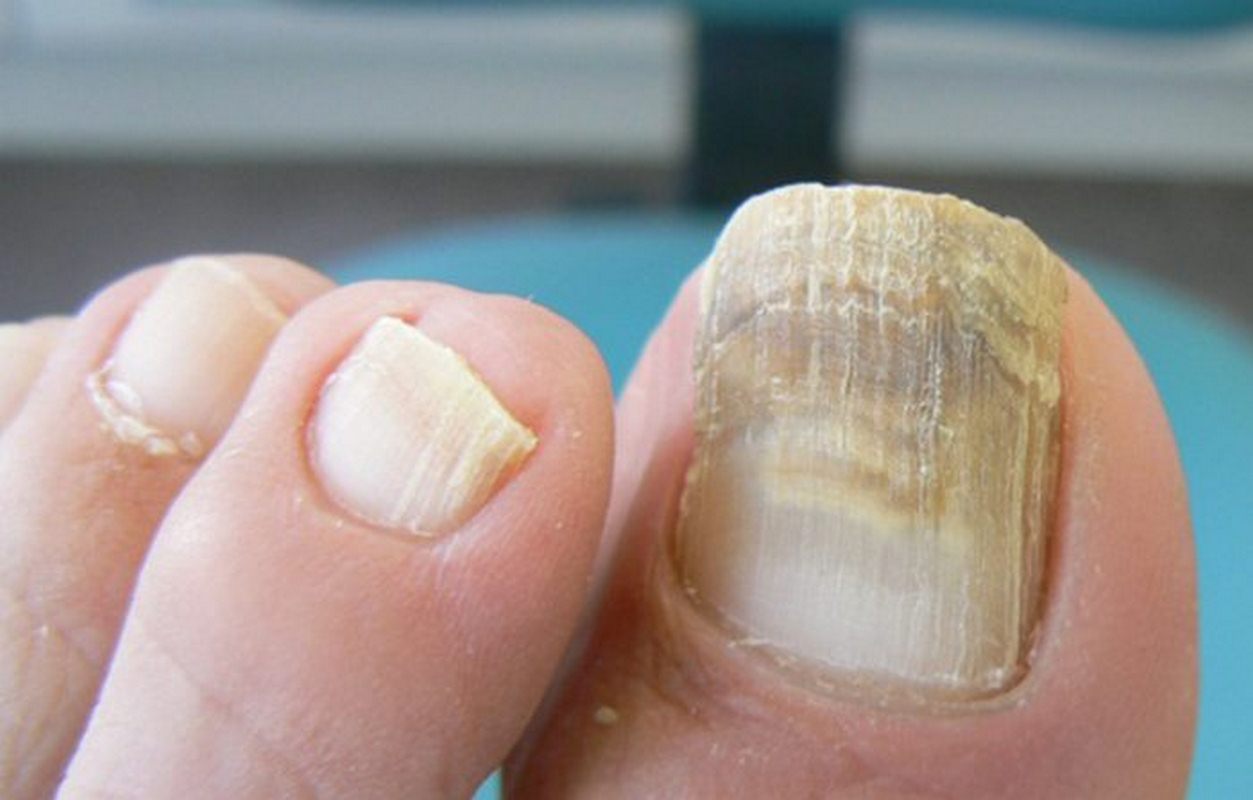
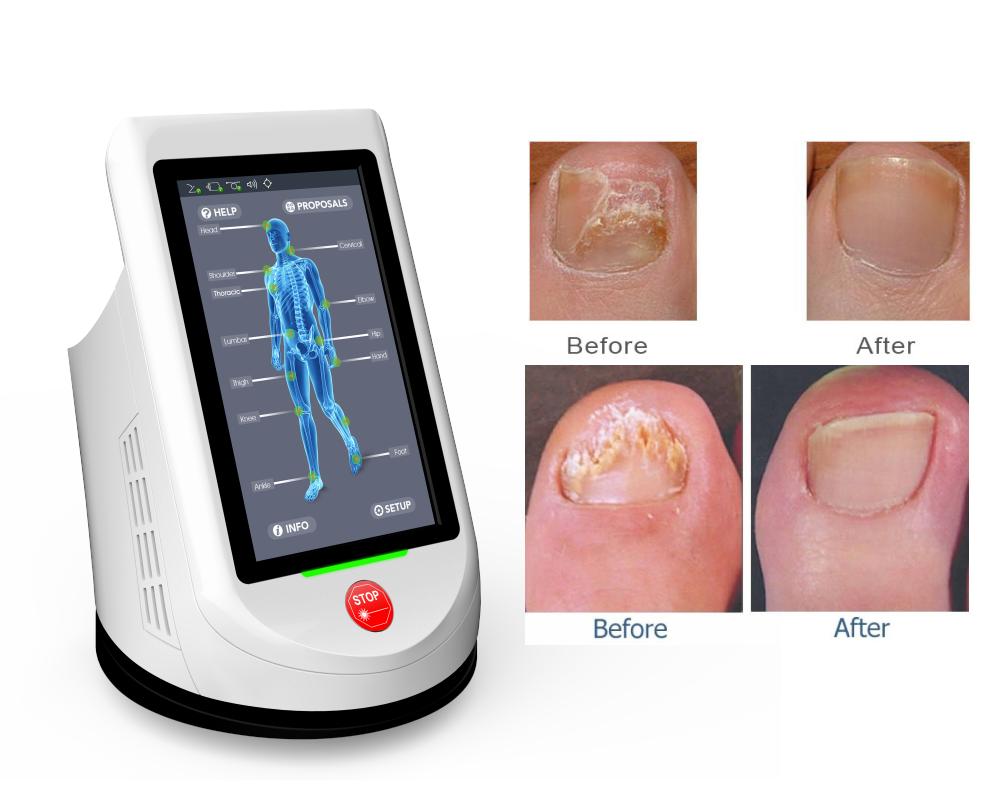
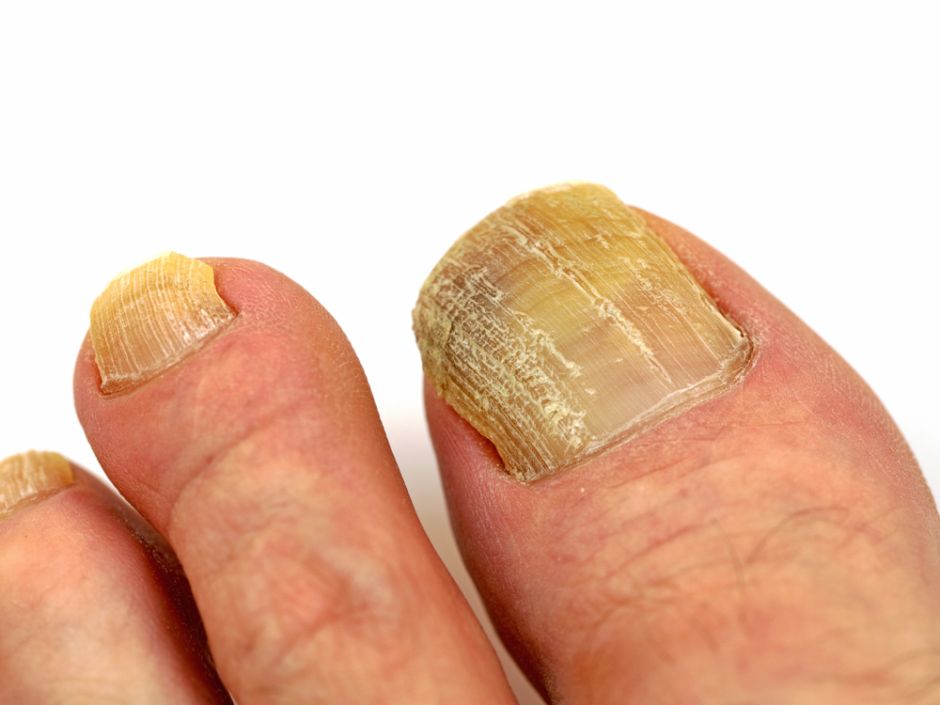
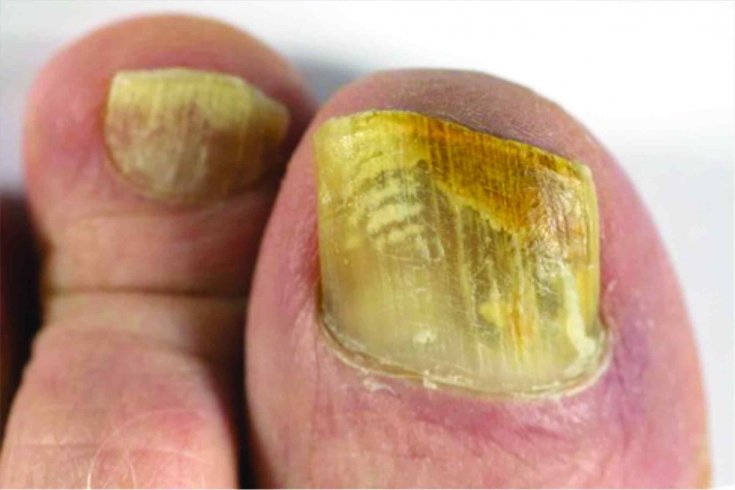

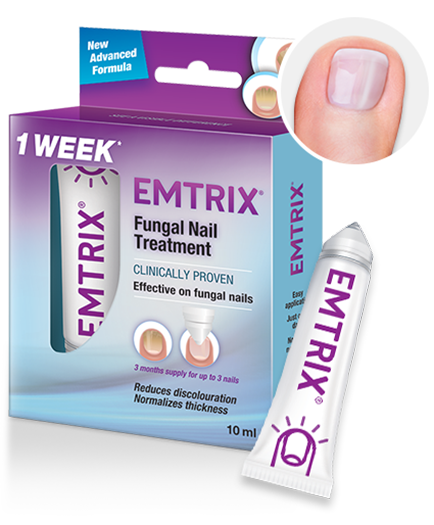

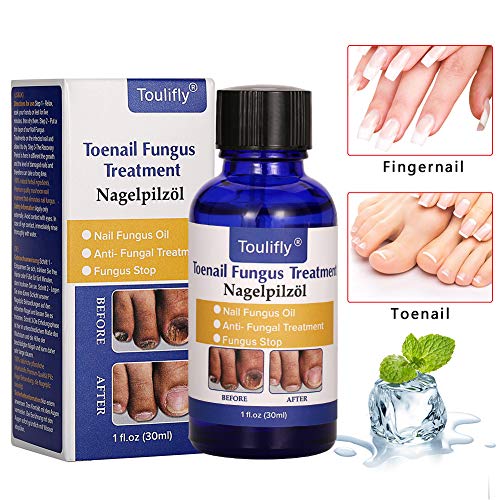 DOI: 10.1002/14651858.CD010031.pub2. Accessed January 25, 2018.
DOI: 10.1002/14651858.CD010031.pub2. Accessed January 25, 2018.